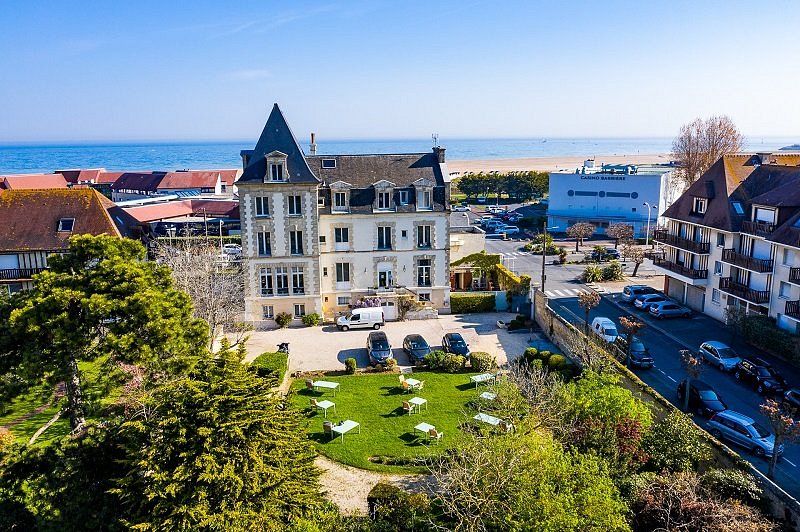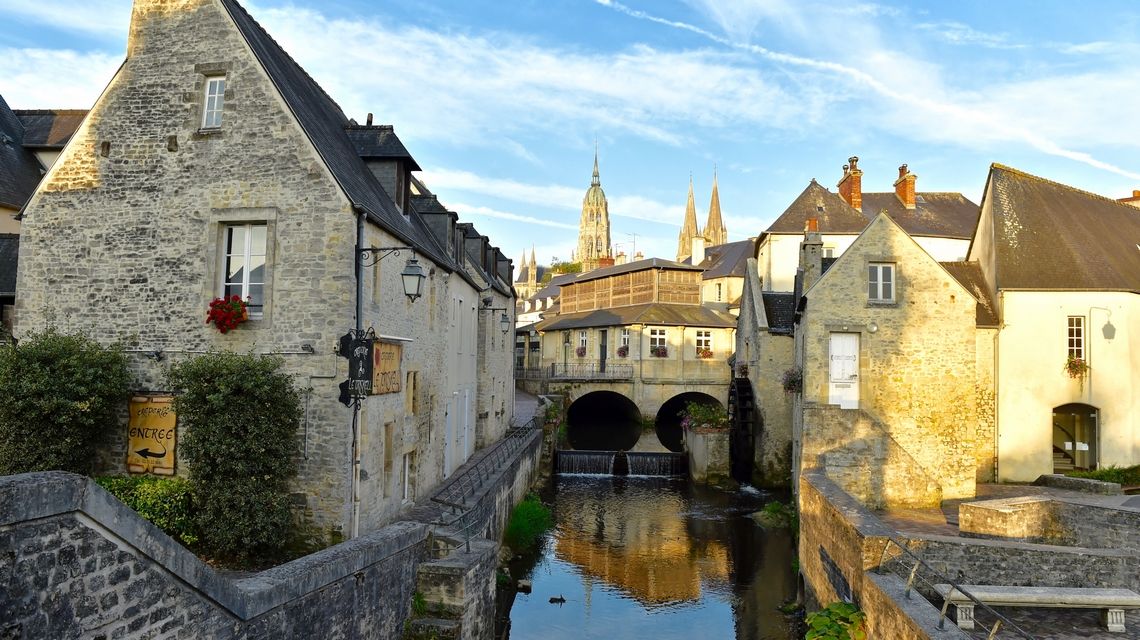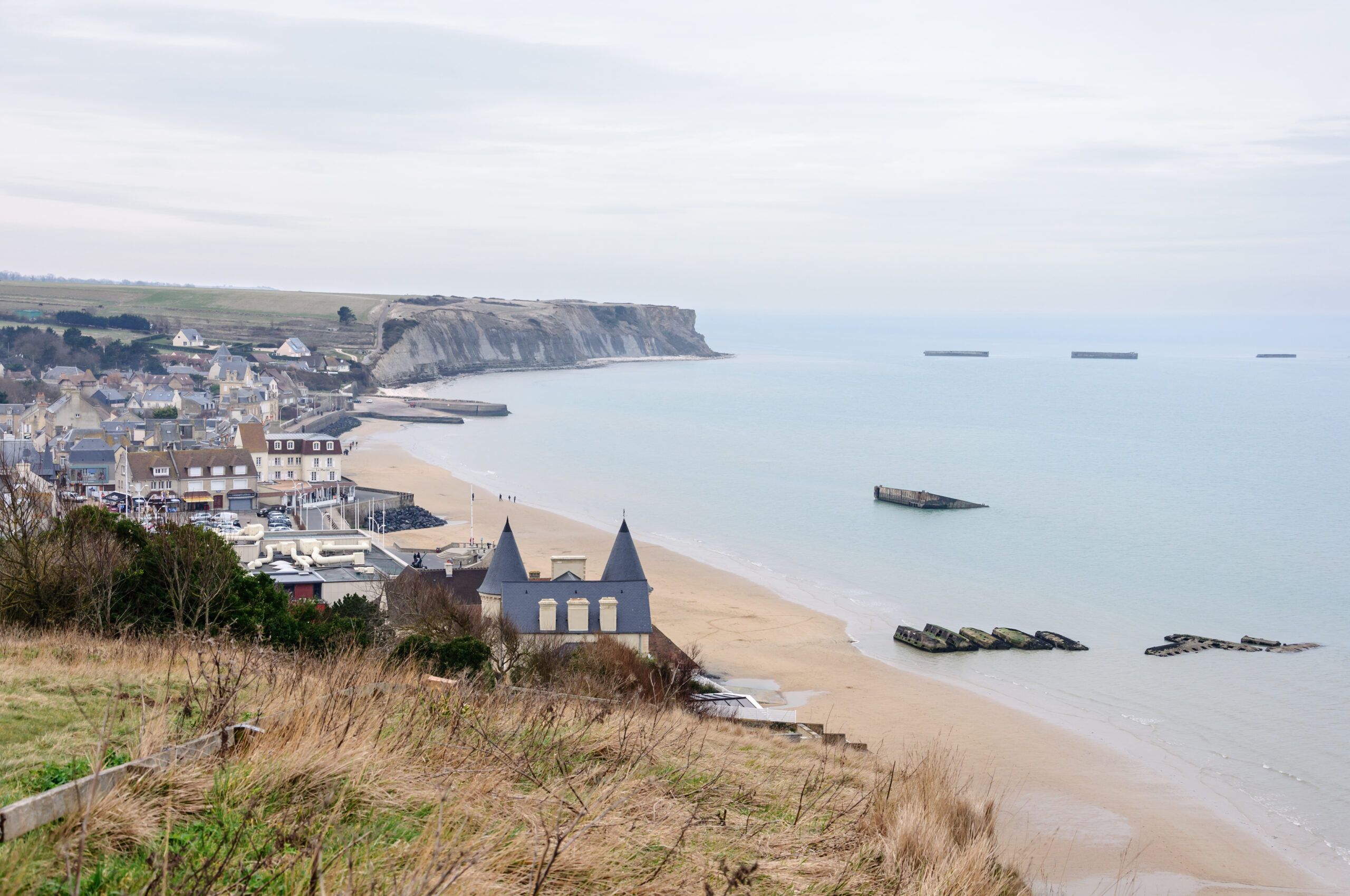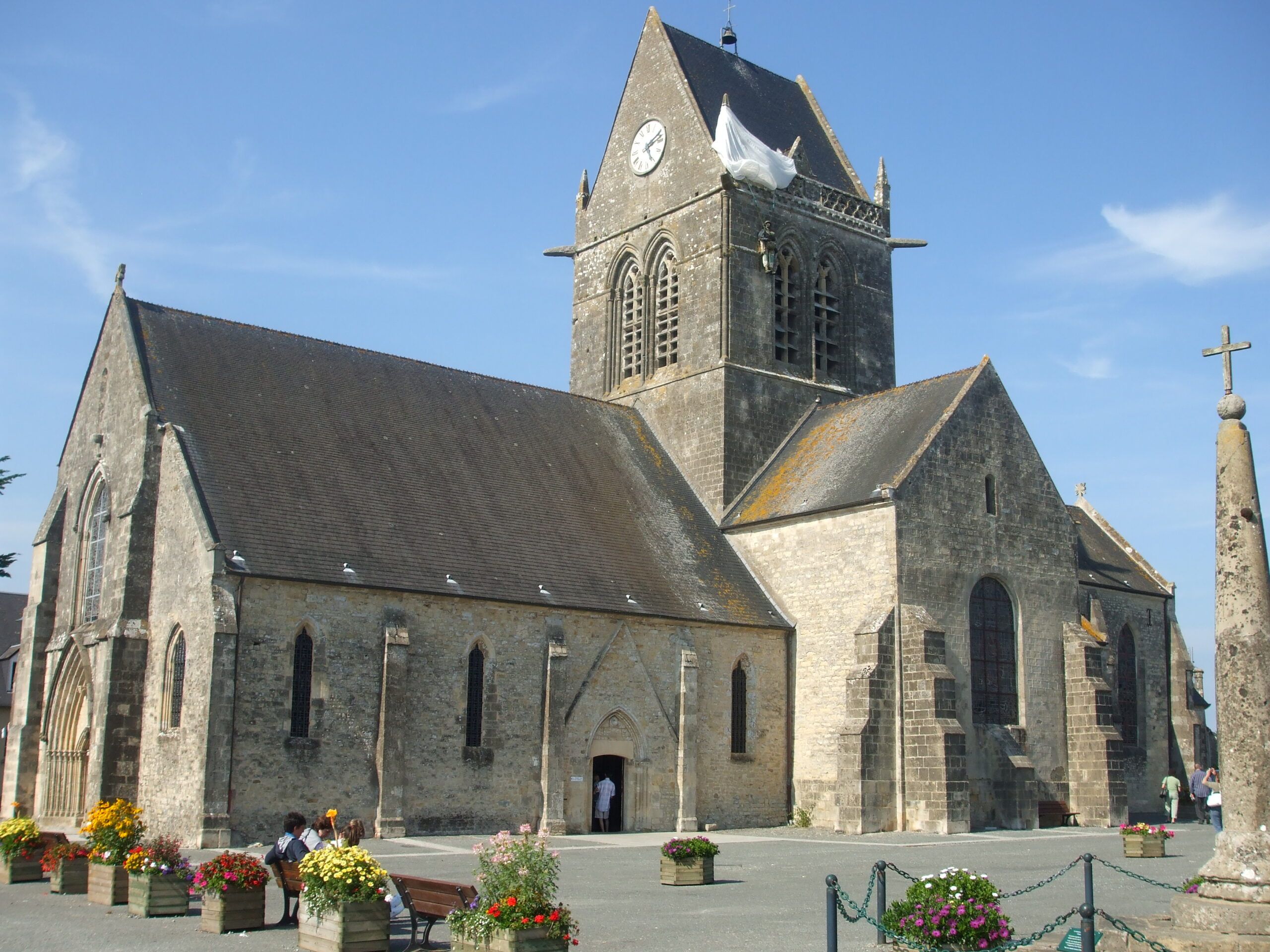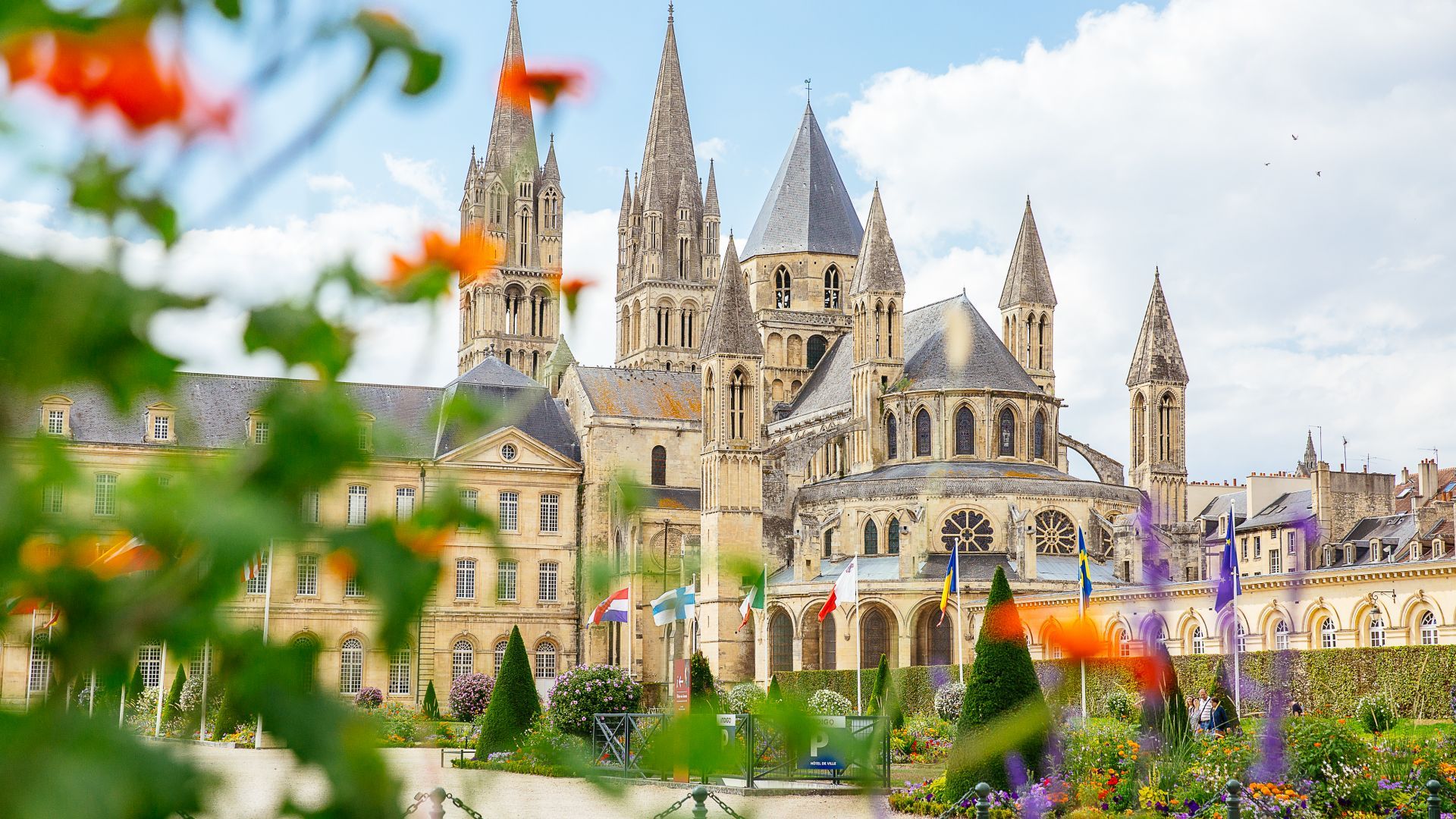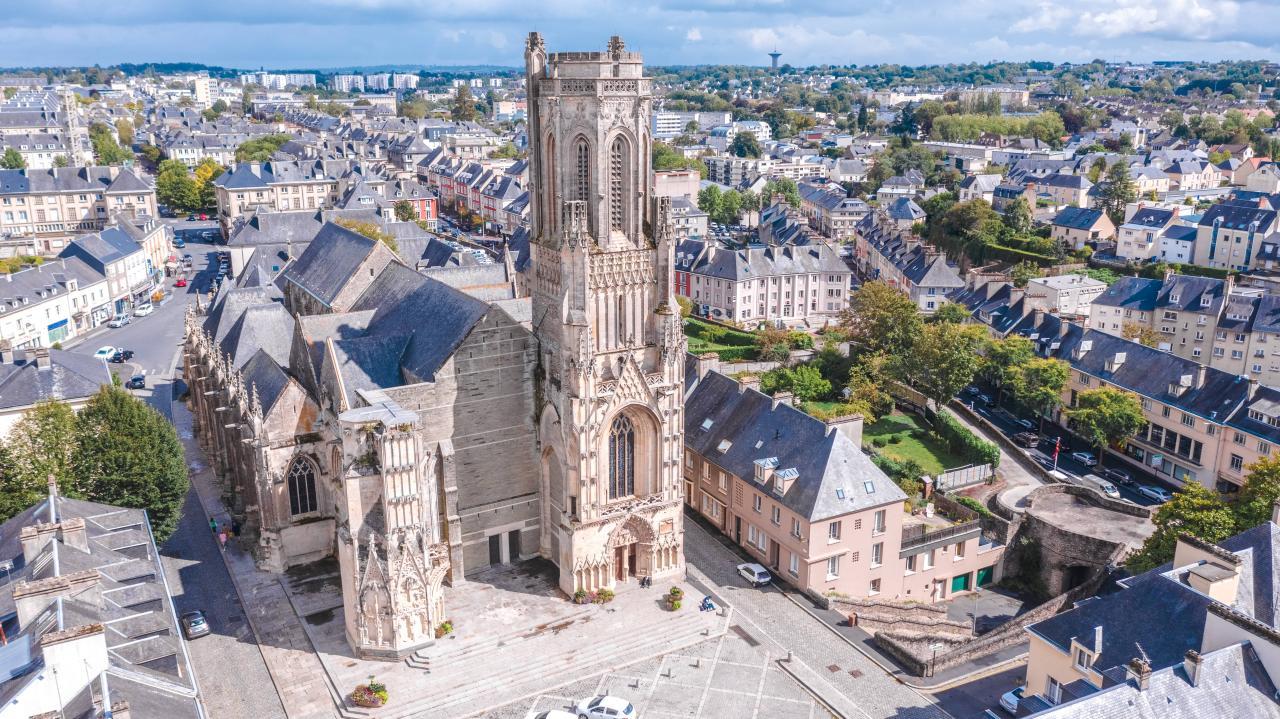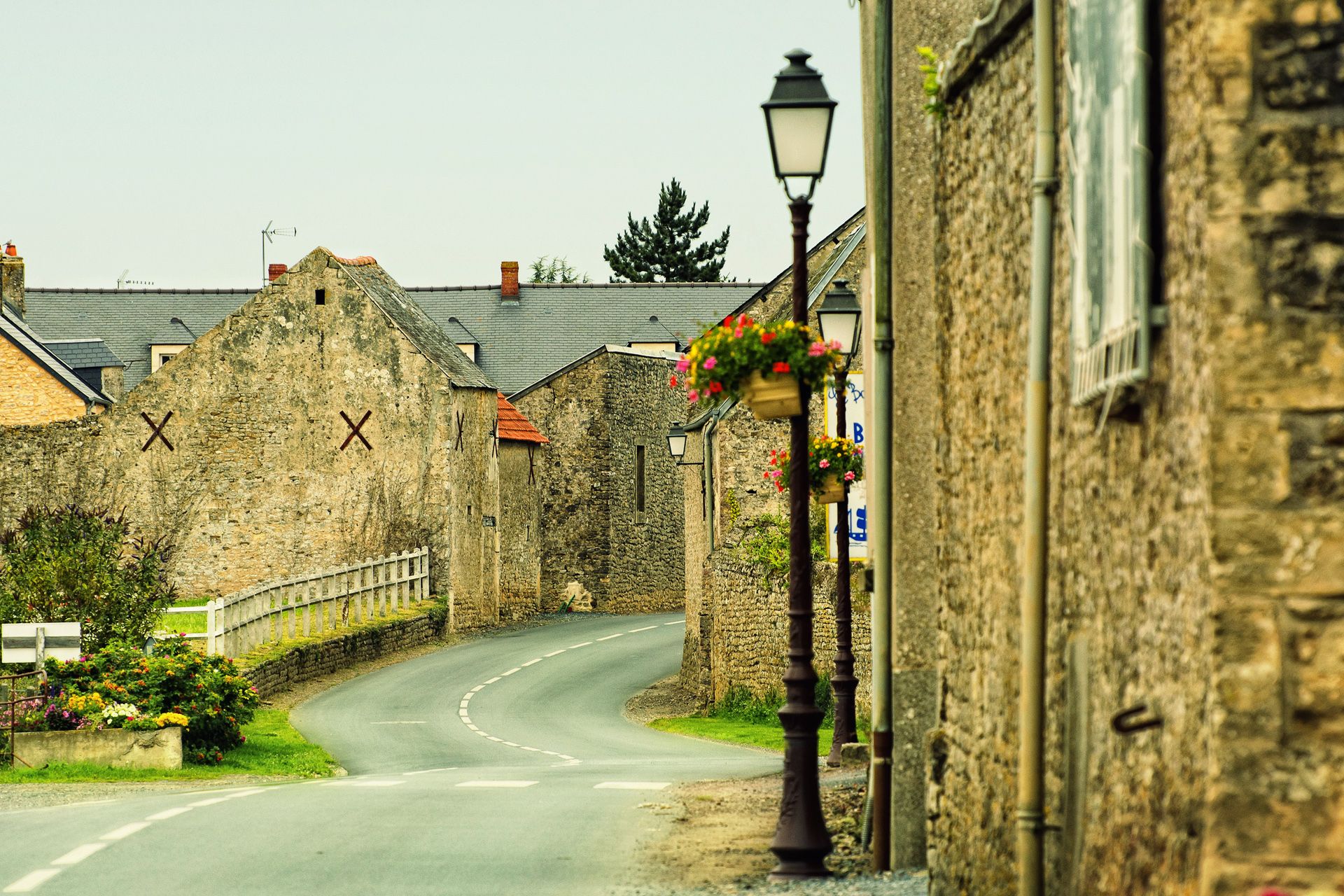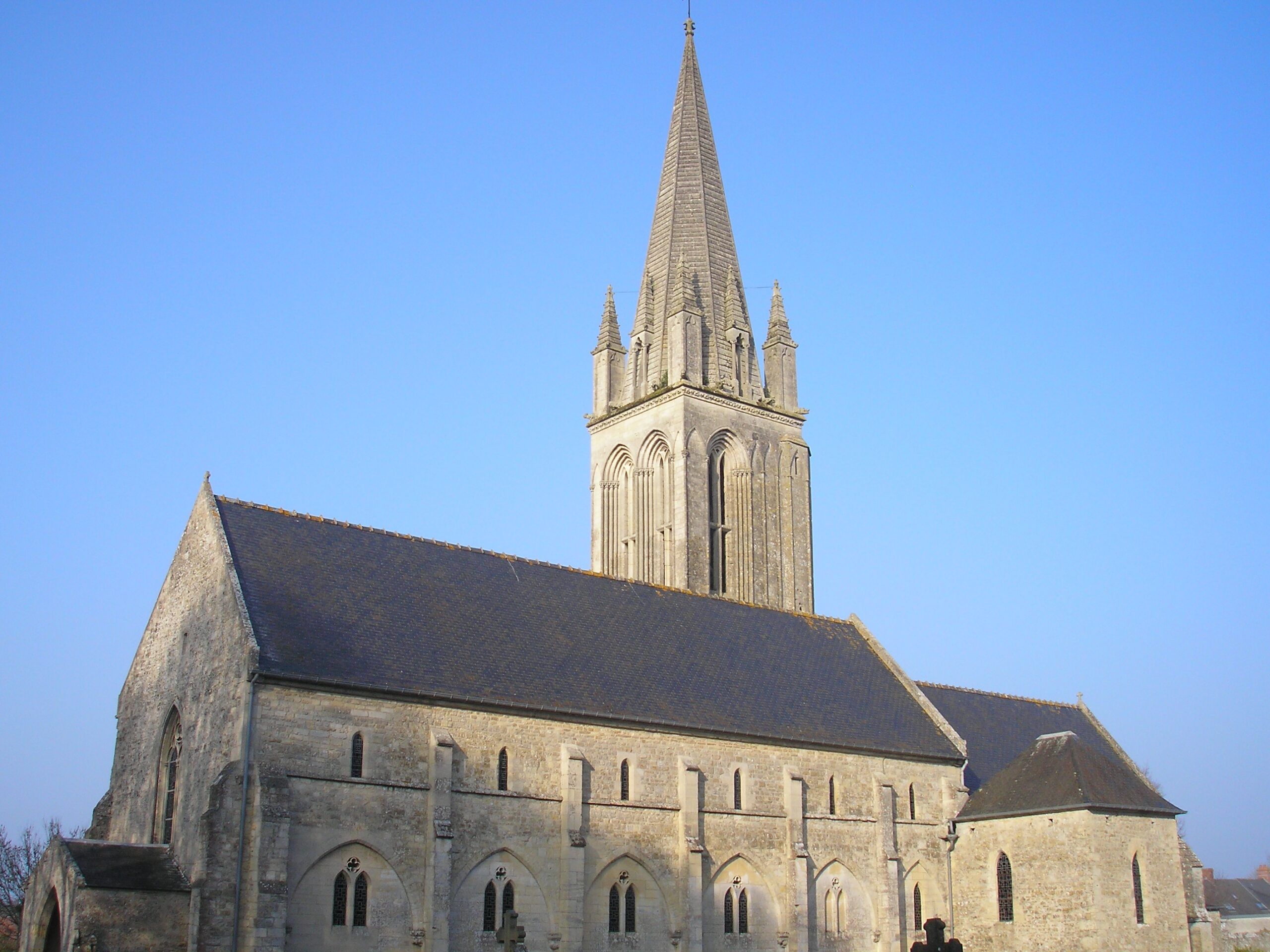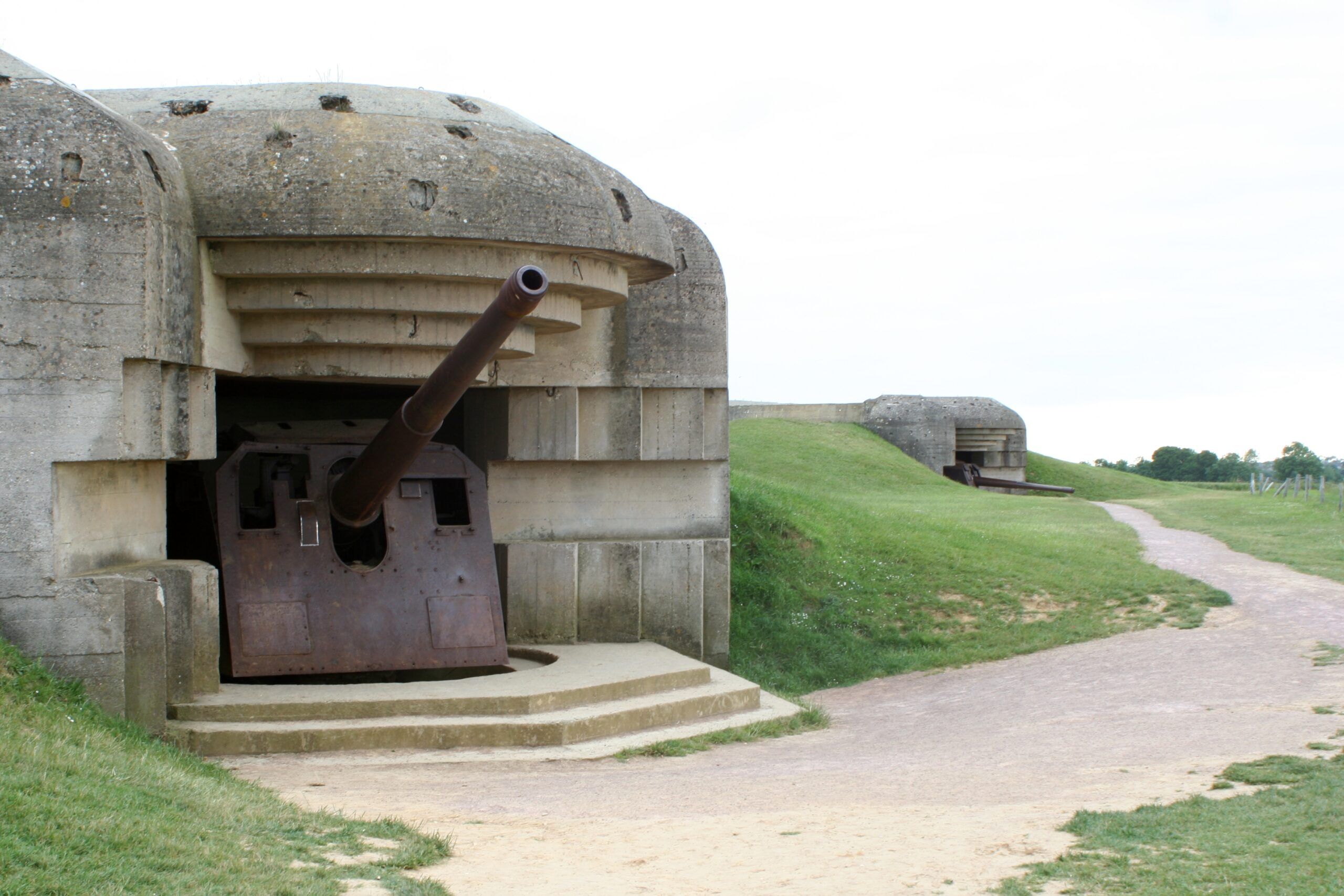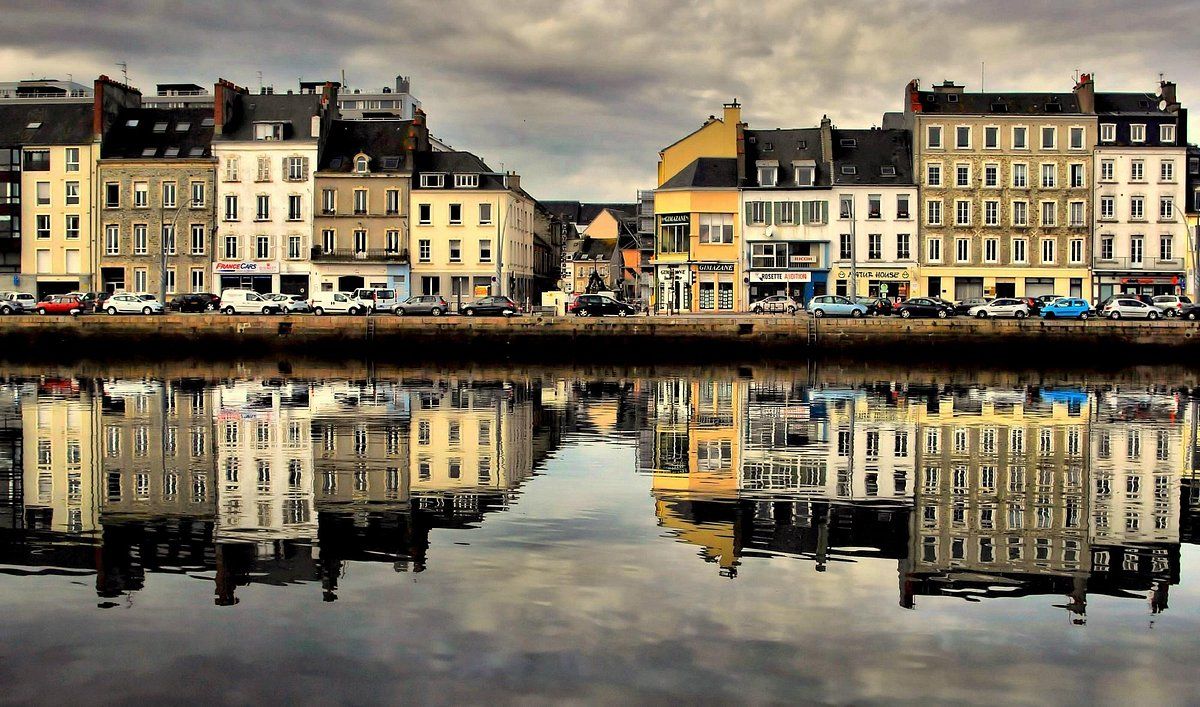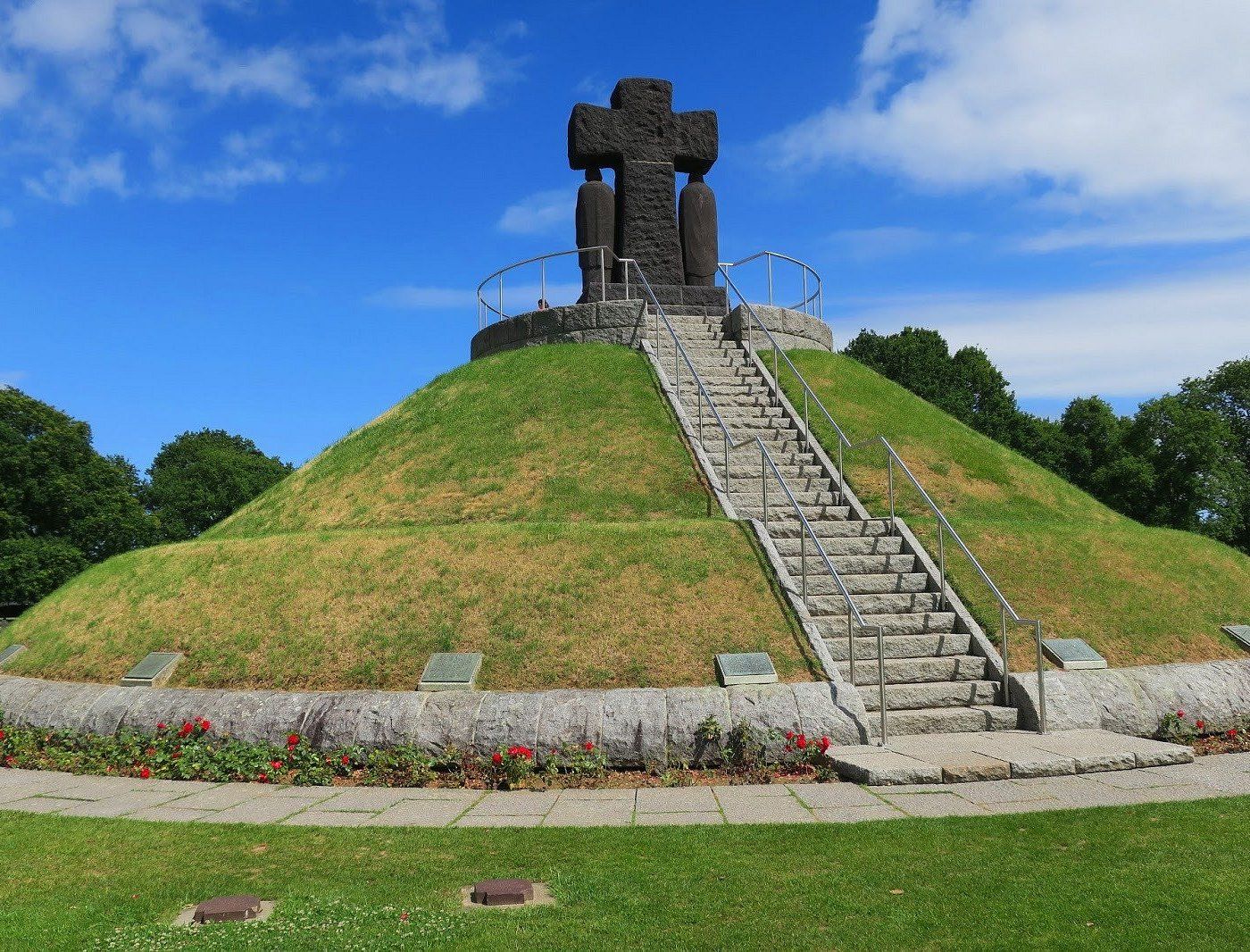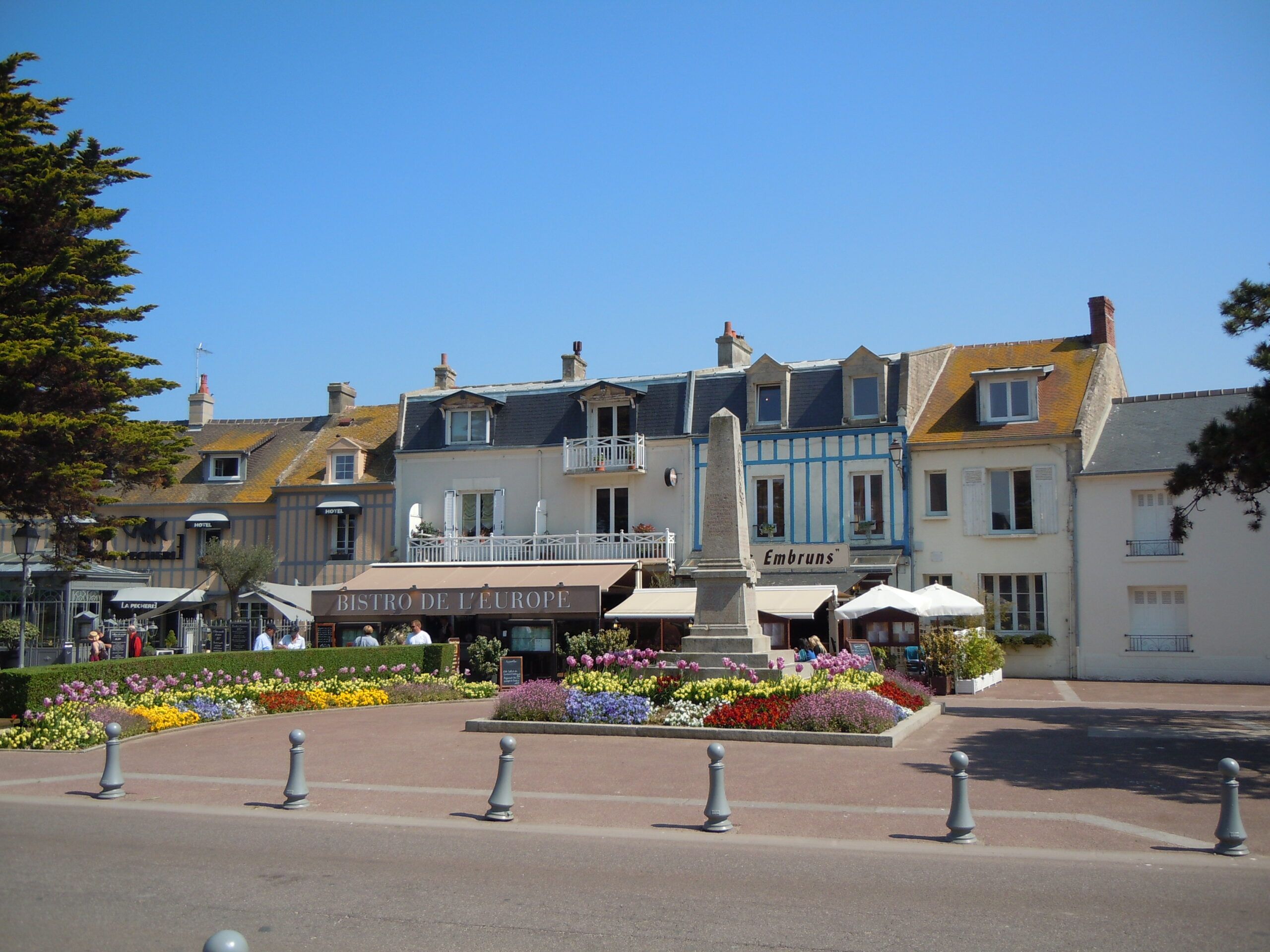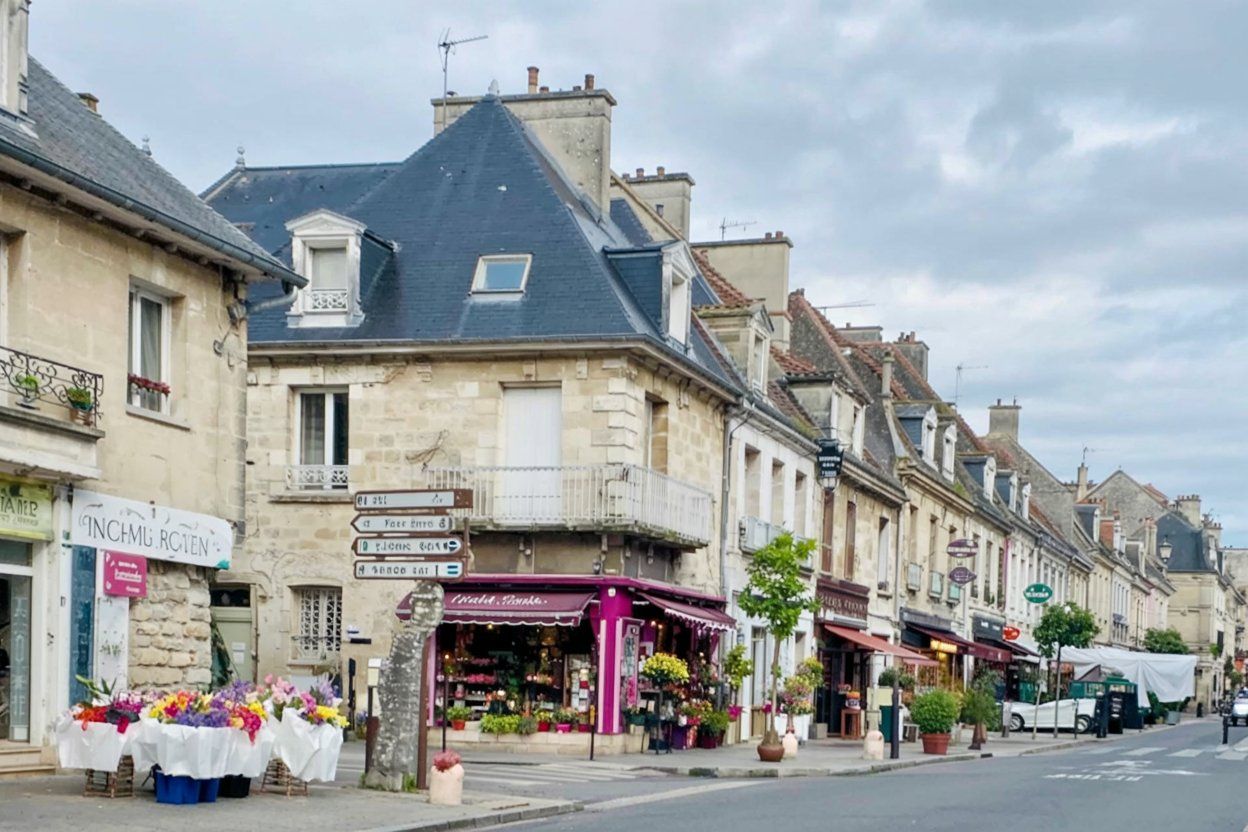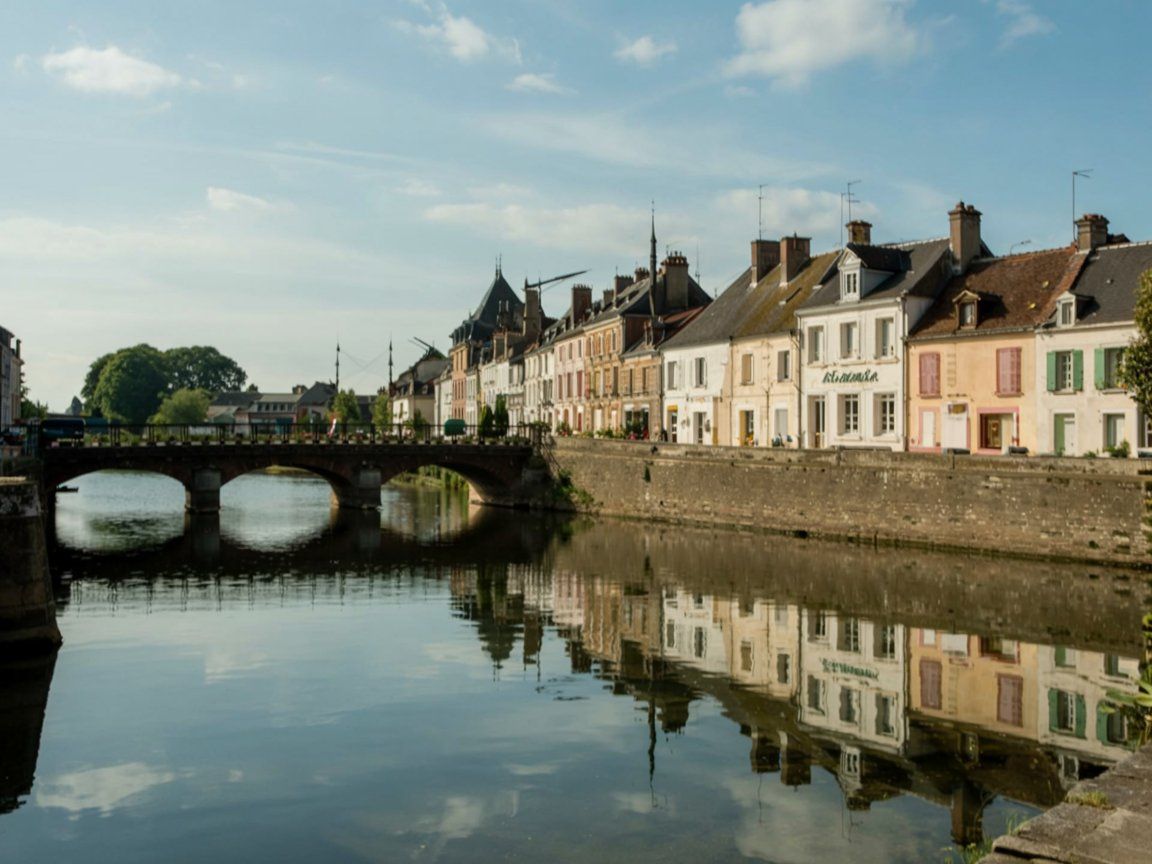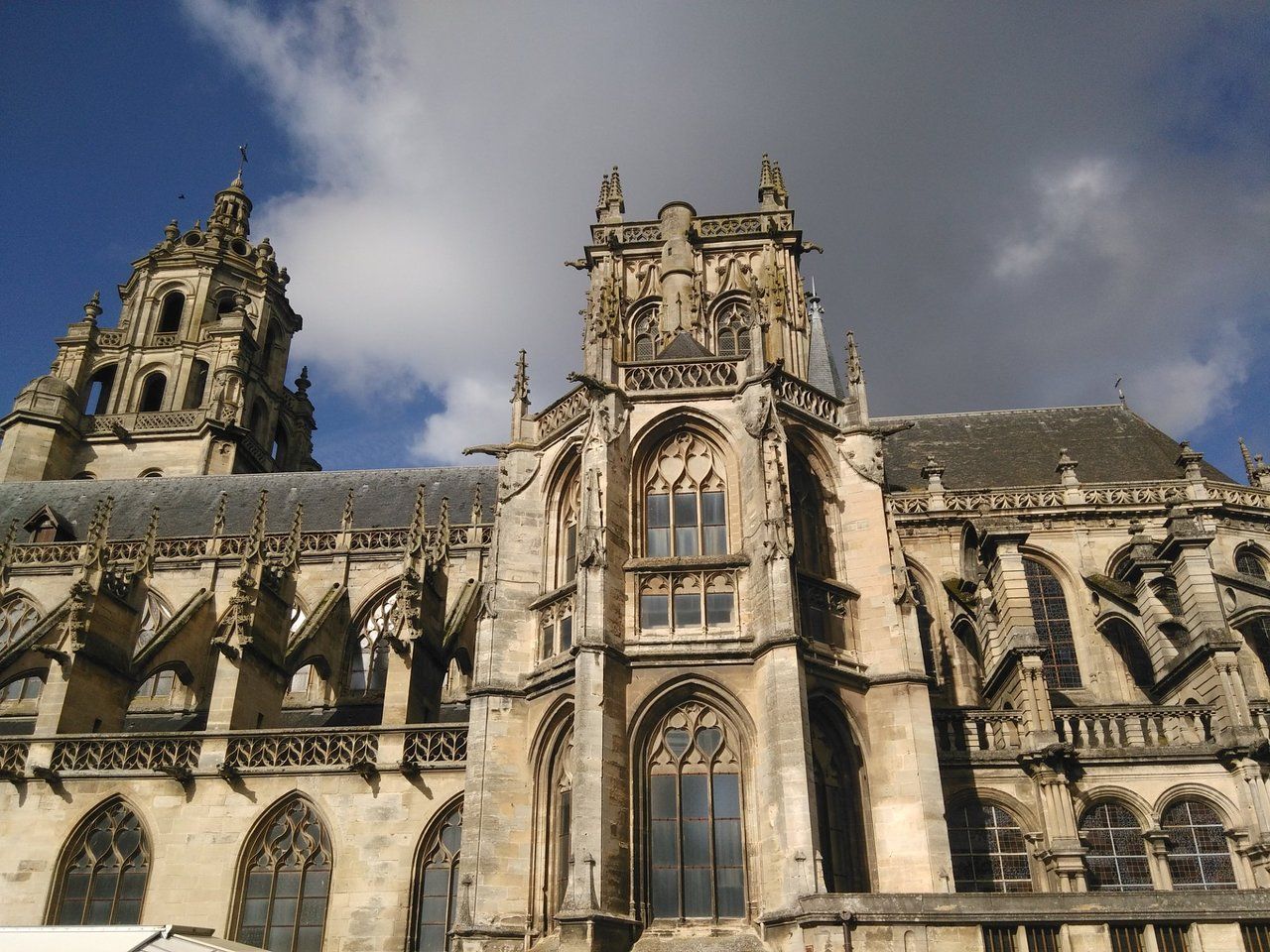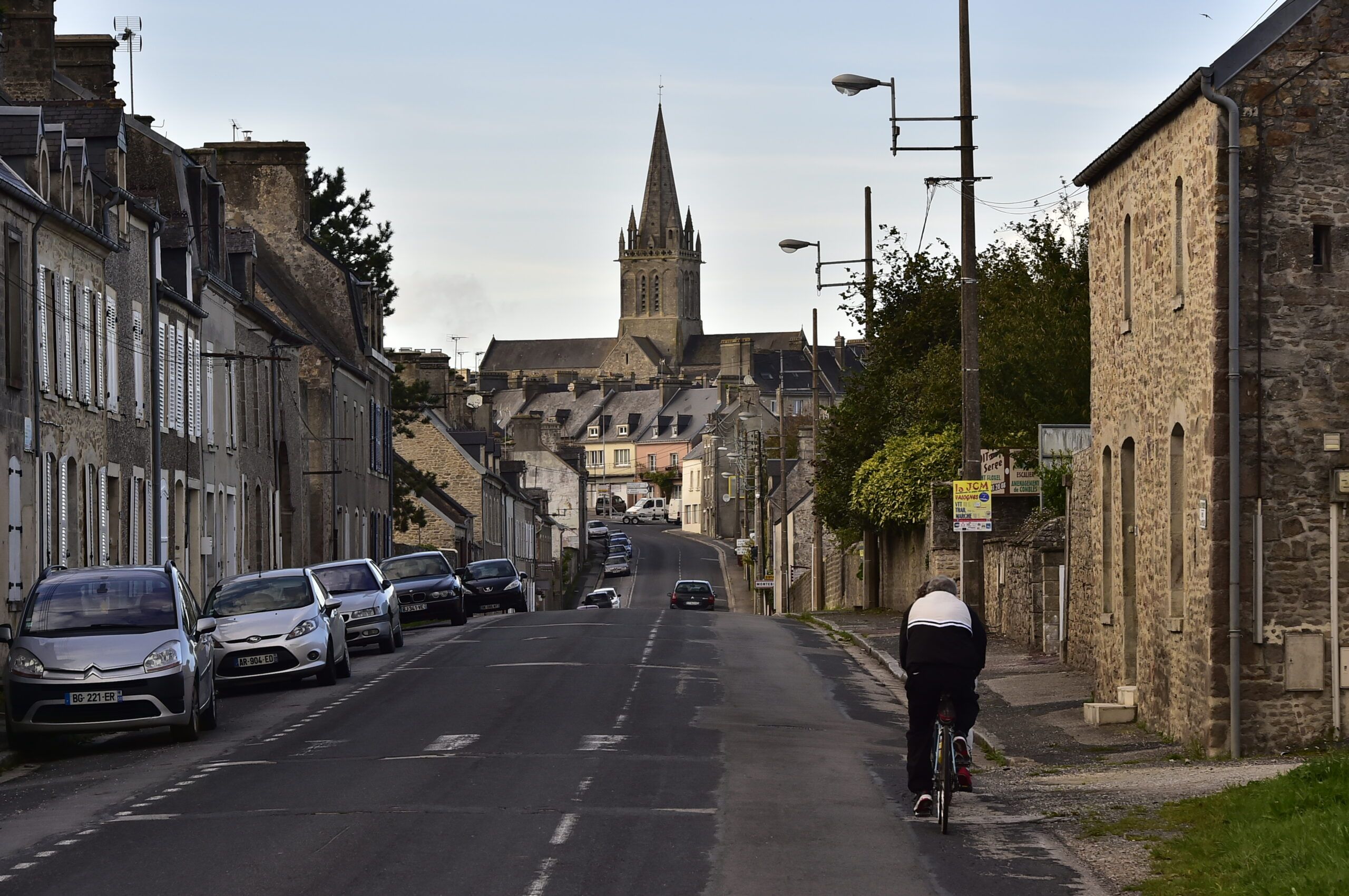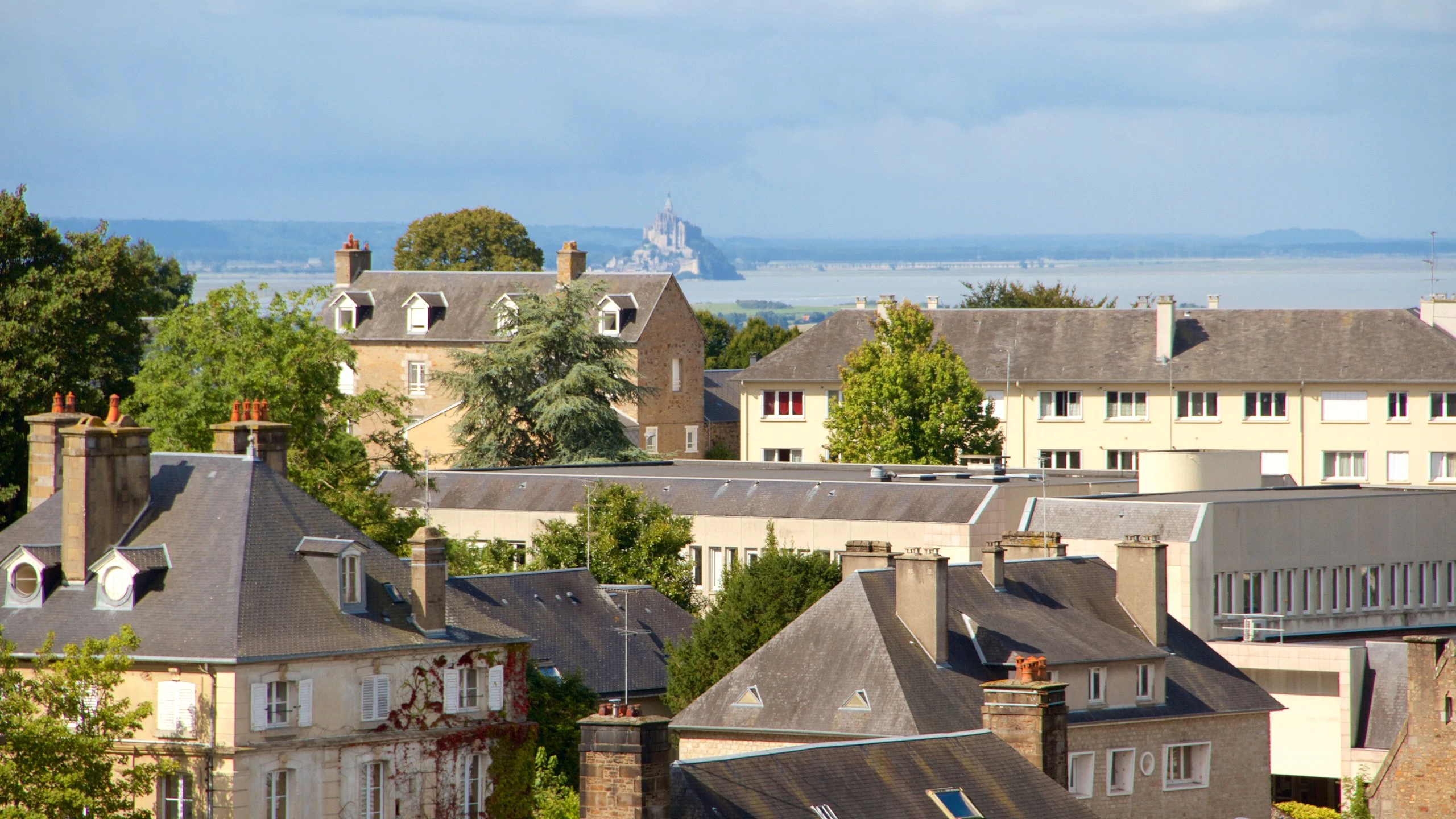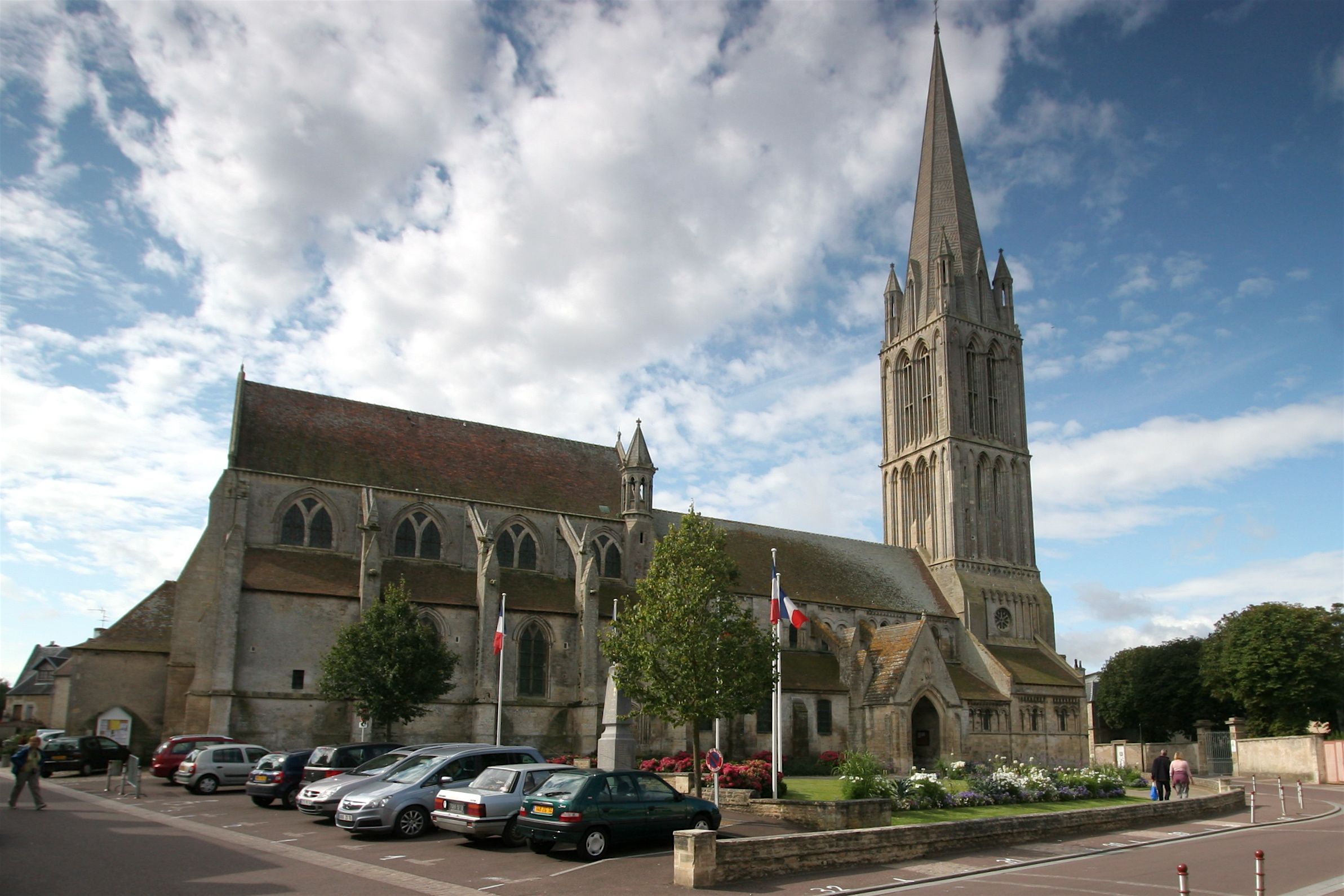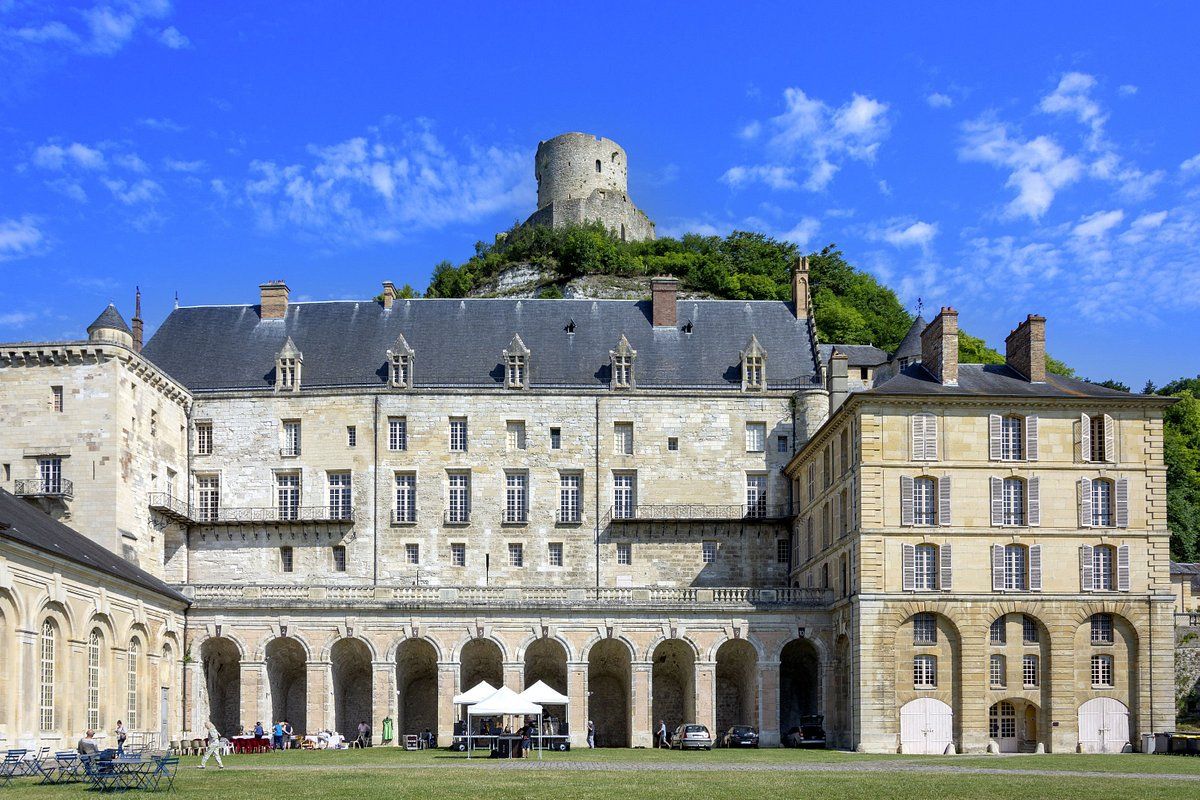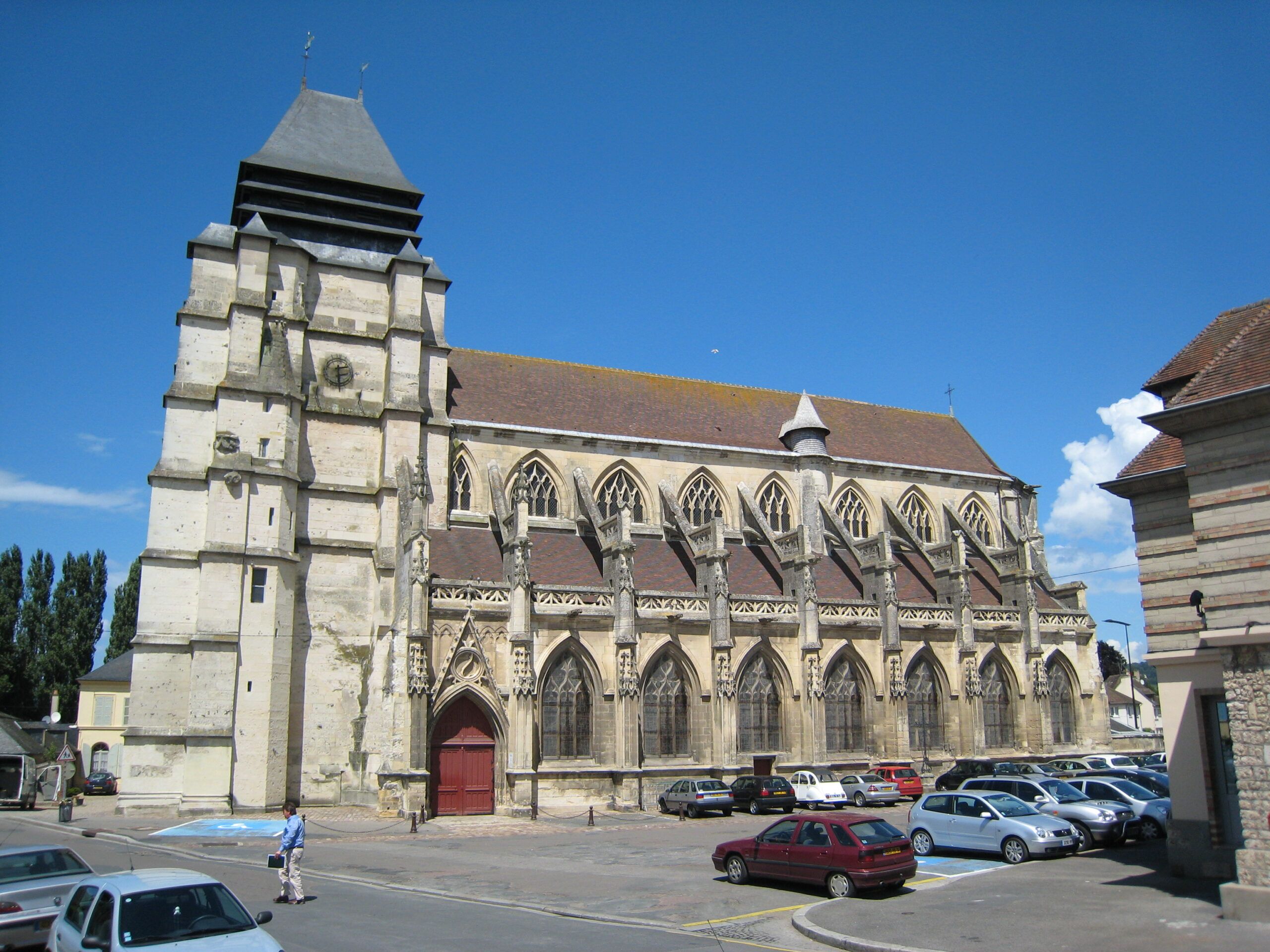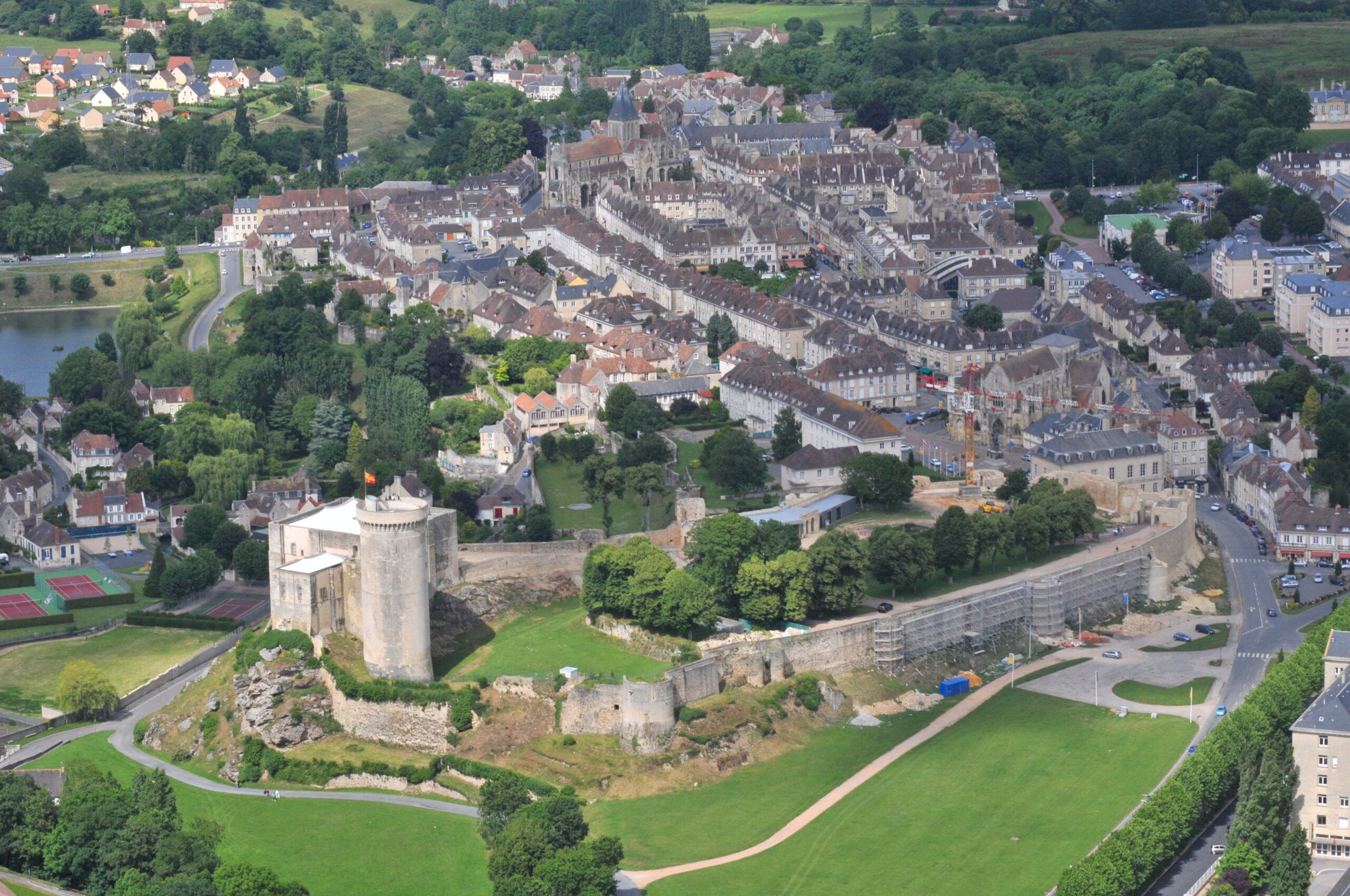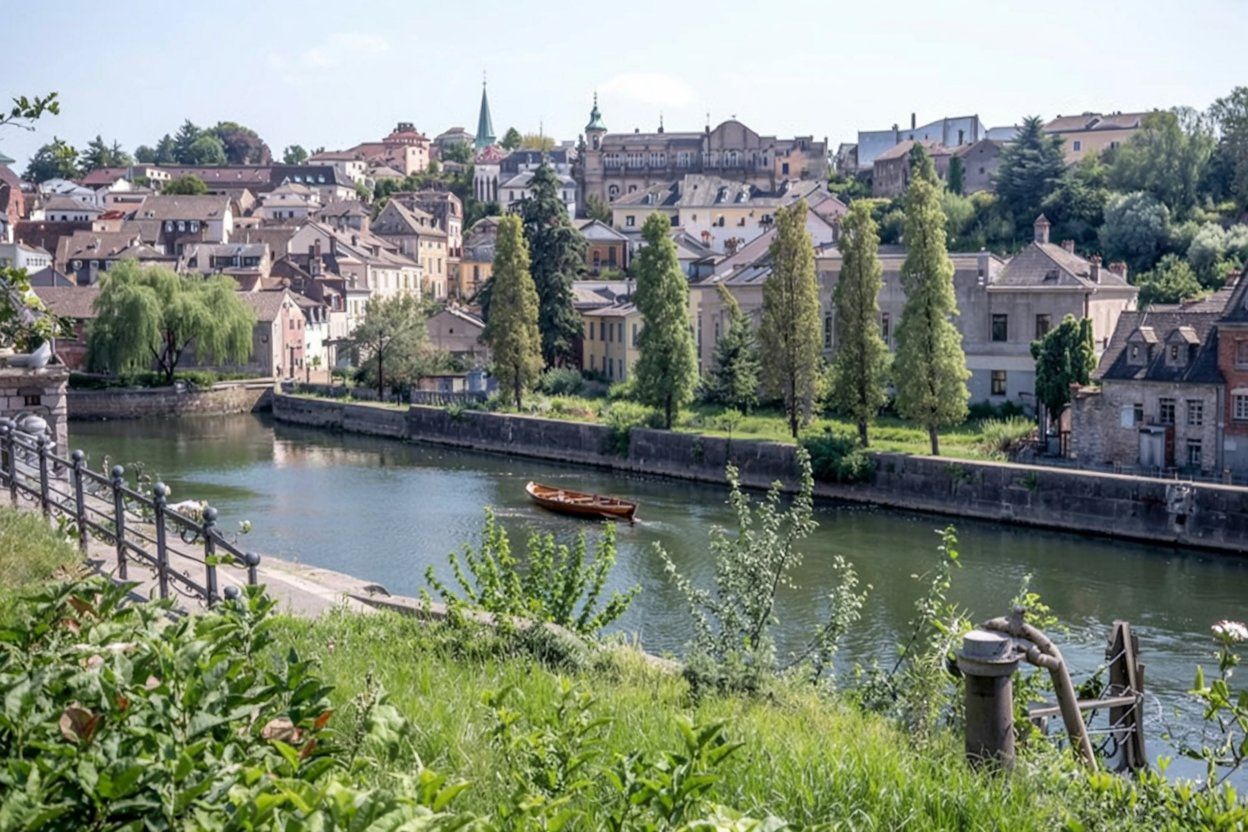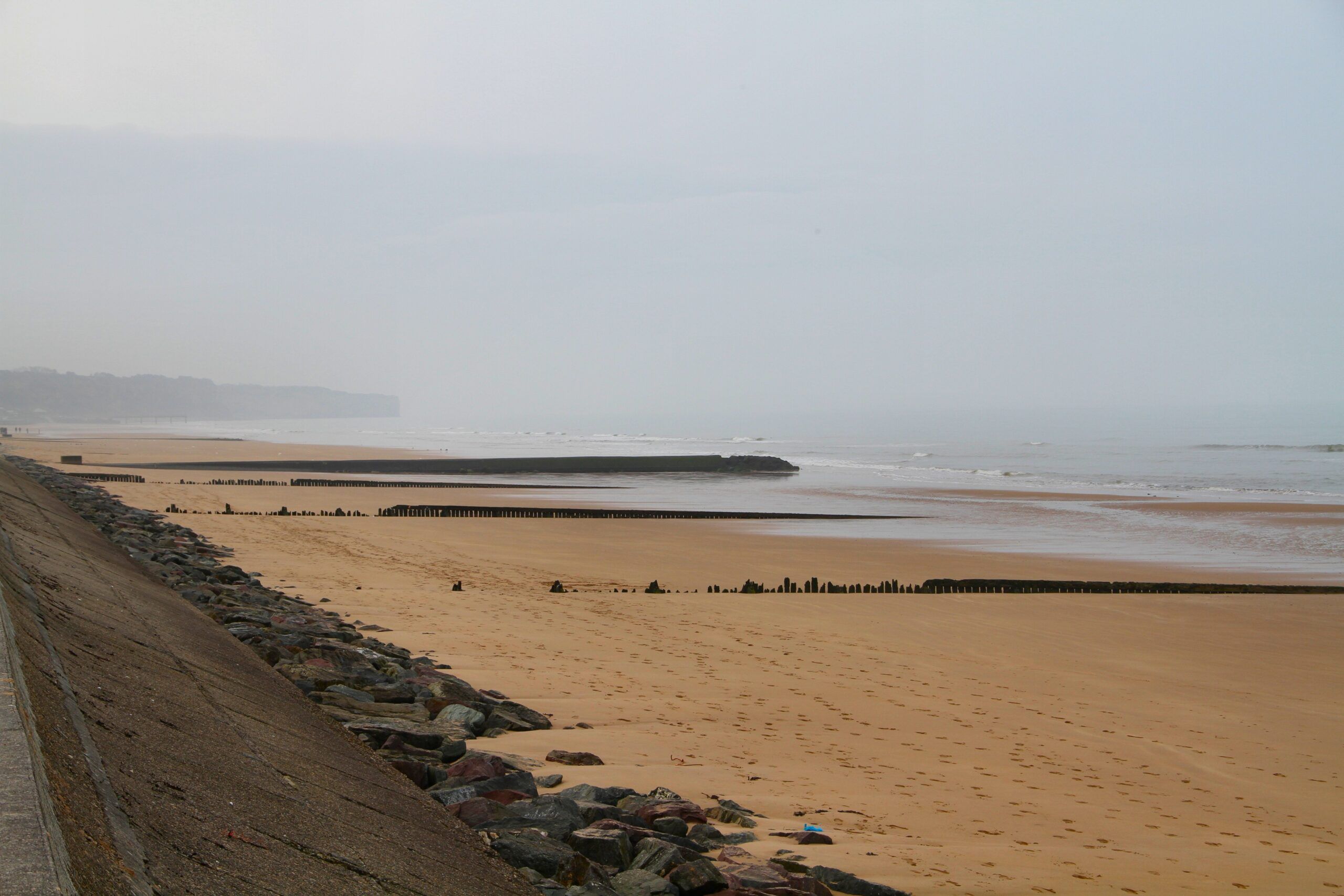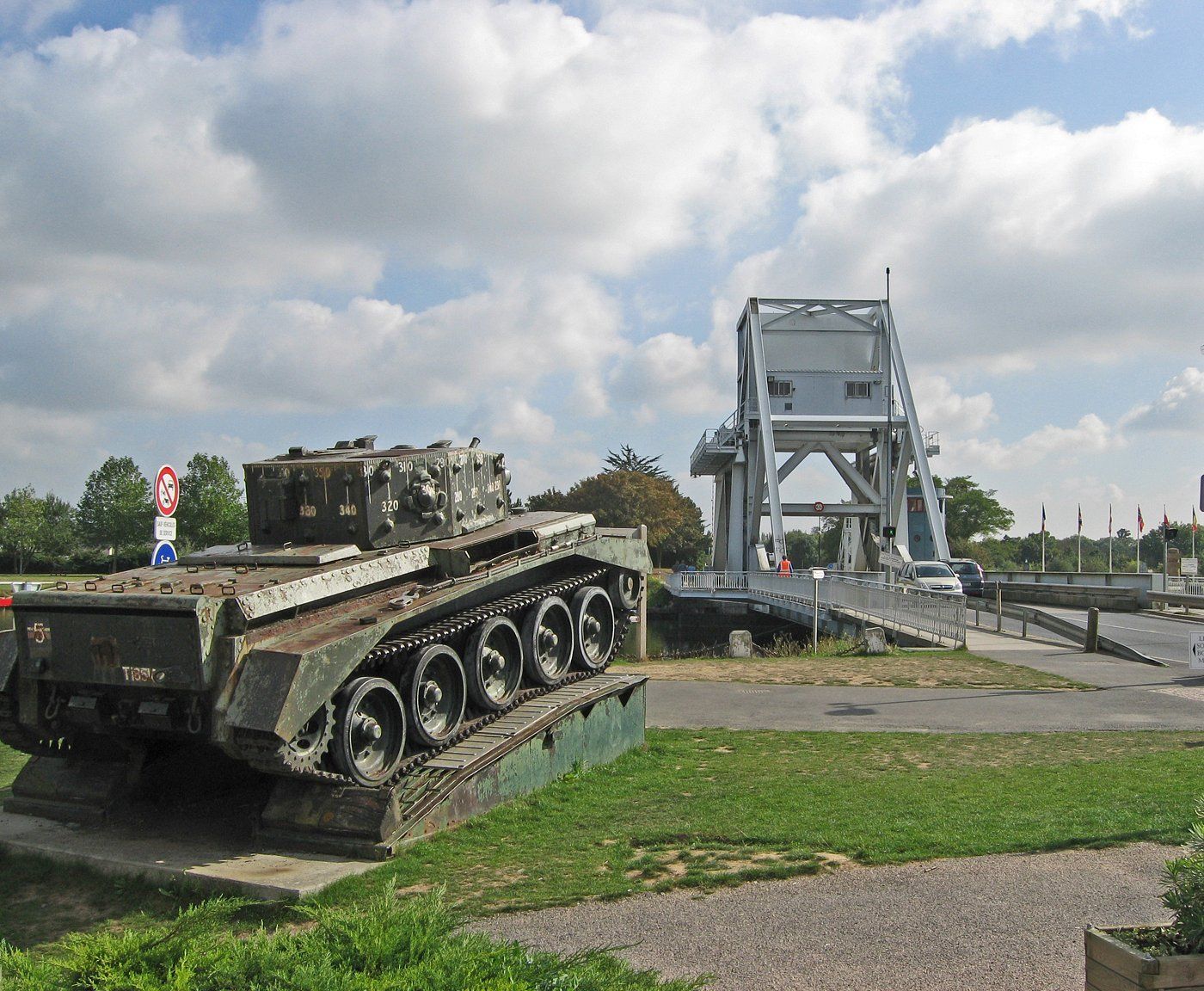Ouistreham sits at the eastern edge of the D-Day landing beaches in Normandy, France. This coastal town played a key role during the Allied invasion on June 6, 1944, when British forces stormed what was code-named “Sword Beach.” Today, Ouistreham offers visitors a perfect blend of important World War II history and charming French seaside culture.
When you visit Ouistreham, you’ll find well-preserved bunkers, memorials, and museums telling the story of D-Day. The town served as a strategic German defensive position, making it a top priority target for Allied forces. Many English-speaking guides can walk you through the significance of these sites—on foot, by minibus, or even by bike if you’re up for it.
Visit Recommended D-Day historic hotels and B&Bs along the invasion beaches.
But Ouistreham isn’t just about the past. You might spend a morning exploring history, then unwind in the afternoon on the same beaches where so much unfolded. The place has a certain balance—its military past is never far, yet there’s a laid-back port and resort vibe that both locals and visitors soak up.
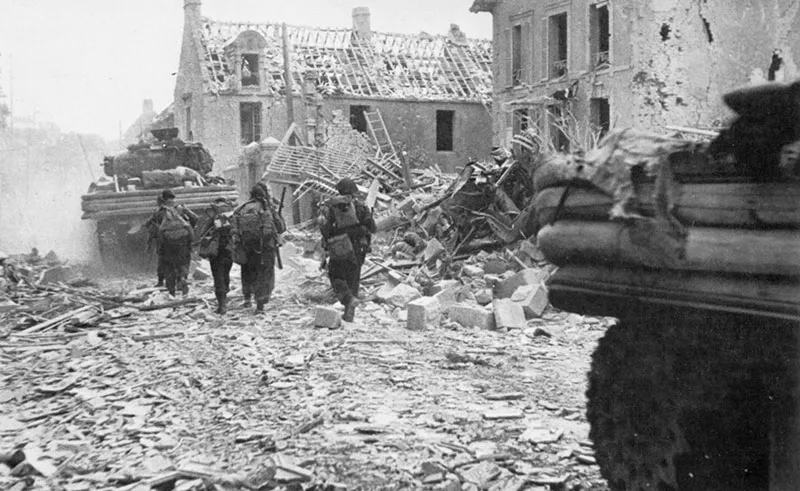
Overview of the Town of Ouistreham
Ouistreham is a coastal town in Normandy with a bit of everything: a working port, a seaside resort, and a significant D-Day site. Its maritime roots run deep, but you’ll also find plenty of modern comforts. It’s a great spot whether you’re a history buff or after some sun and sand.
Location and Geography
You’ll find Ouistreham at the mouth of the Orne River in northwestern France, about 9 miles (14 km) northeast of Caen. It’s right at the eastern tip of the D-Day beaches, which stretch roughly 70 km from Sainte-Marie-du-Mont to here.
The town splits into two personalities: there’s the busy port, and then there’s Riva-Bella, the resort side. A promenade runs along the beach, perfect for a stroll or just taking in the salty air. The wide, sandy Riva-Bella beach has earned its stripes as a listed seaside resort.
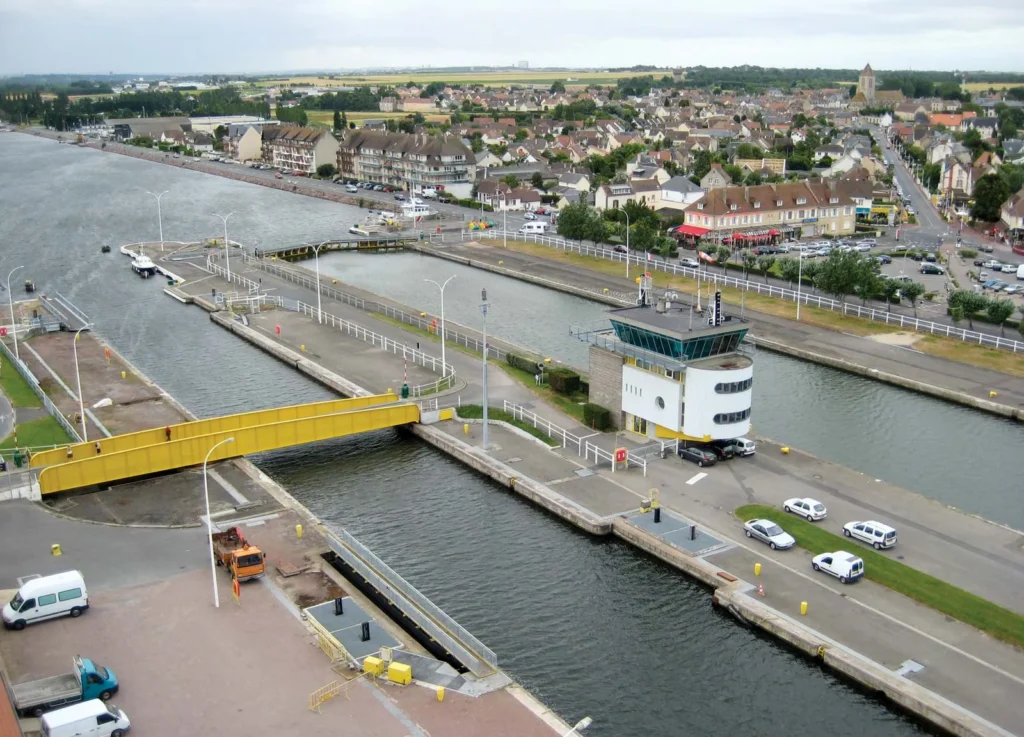
Ouistreham acts as a gateway to Normandy, thanks to its ferry terminal that links up with Portsmouth, England. British visitors often start their Normandy explorations right here.
Historical Background
Ouistreham’s story has always been shaped by the sea. Way before World War II, it thrived as a port. Even the name “Ouistreham” hints at Viking roots—Norman influence runs deep in these parts.
During World War II, Ouistreham became part of “Sword Beach,” one of five landing sites for Operation Overlord on June 6, 1944. British forces zeroed in on this easternmost section of the Allied invasion.
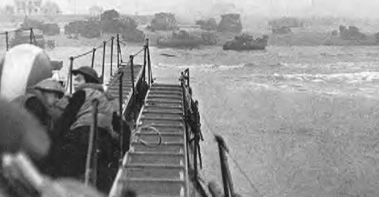
Securing Ouistreham was crucial for reaching Caen. Just inland, Bayeux was the first major town liberated and now houses the Memorial Museum of the Battle of Normandy.
After the war, the town rebuilt itself with a foot in two worlds: still a working port, but also a lively destination for travelers.
Ouistreham’s Role in World War II
Ouistreham played a vital role in the D-Day landings of June 6, 1944. Its position at the mouth of the Orne River made it a key target during Operation Overlord.
Strategic Importance During Operation Overlord
Allied planners marked Ouistreham as part of Sword Beach, the easternmost landing zone of the five D-Day beaches. Its spot at the river mouth mattered for a few reasons:
- Direct access to Caen (just 9 miles/14 km southwest)
- Control of the Orne River and Canal
- Key link between the beaches and inland targets
The British 3rd Infantry Division focused on this area to secure the invasion’s eastern flank.
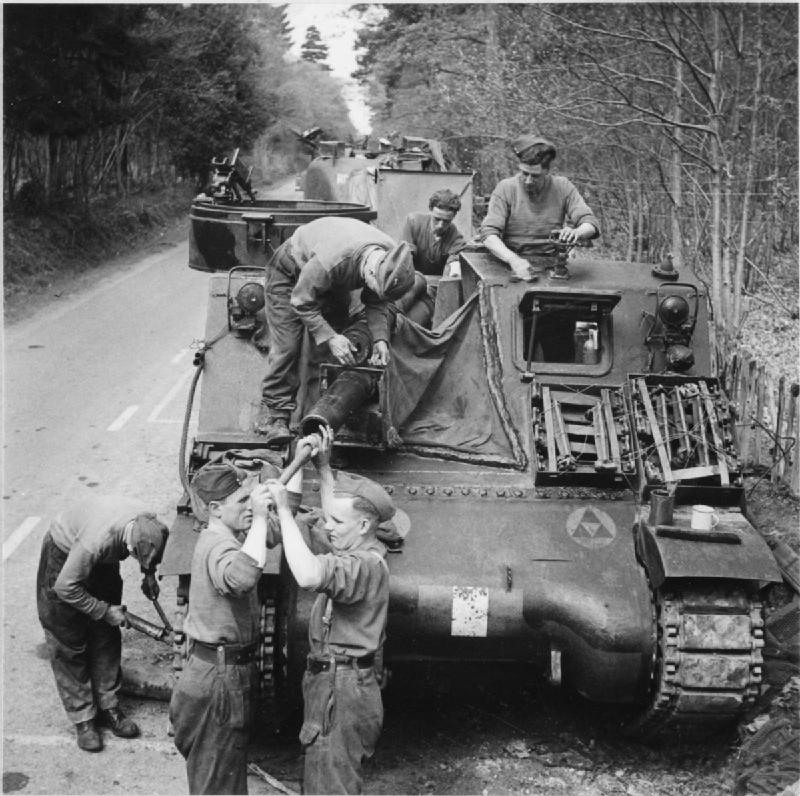
Today, the waterways that once held such military value now let visitors trace the same routes, soaking up both the scenery and the history.
Allied Invasion and the Normandy Landings
British forces landed at Ouistreham as part of Sword Beach operations at 7:25 AM on June 6, 1944. The landing included:
- British 8th Infantry Brigade
- Commandos of the 1st Special Service Brigade
- Free French commandos led by Commander Philippe Kieffer
The French commandos had a particularly meaningful mission—liberating their own homeland. They were among the first to reach Ouistreham’s casino, which the Germans had turned into a strongpoint.
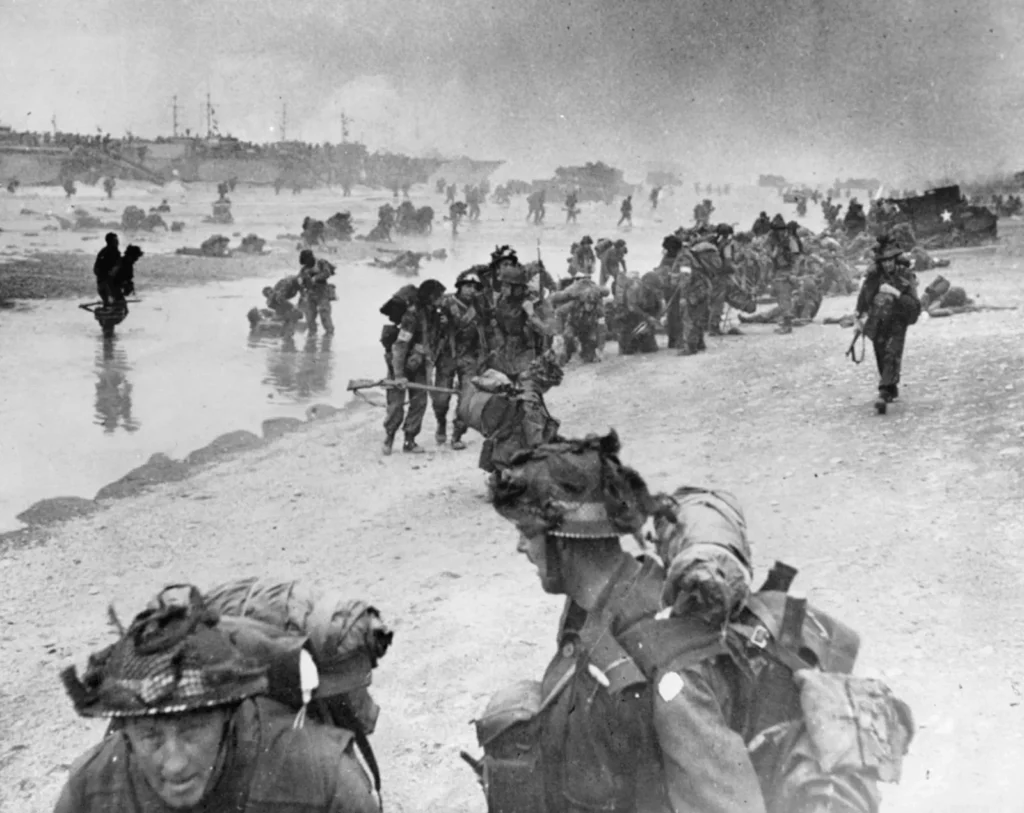
Fighting raged through the town. Allied troops fought through gunfire and snipers in buildings. By the end of the day, most of Ouistreham was in Allied hands, though a few pockets of resistance hung on.
The cost was high—lives lost on both sides, buildings damaged or destroyed.
German Defenses and the Atlantic Wall
The Germans fortified Ouistreham as part of Hitler’s Atlantic Wall. They saw the area’s value and built up defenses including:
- Concrete bunkers along the beachfront
- Gun batteries covering the approaches
- Anti-tank walls and beach obstacles
- Flooded inland areas to block paratroopers
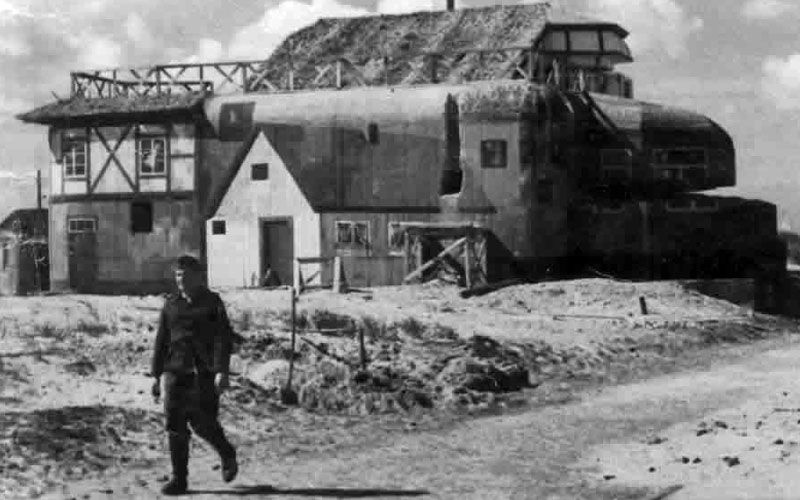
The Grand Bunker stood out—a six-story concrete fortress that served as the German naval command post. This 52-foot (17-meter) beast had communication rooms, living quarters, and observation points.
The Atlantic Wall stretched for 2,000 miles, from Norway to Spain, and the defenses here were meant to make any landing nearly impossible.
Many of these structures still stand. The Grand Bunker is now a museum, and you can walk through its history yourself.
D-Day Events in Ouistreham
Ouistreham was a key target during the D-Day landings of June 6, 1944. The town anchored the Sword Beach sector, the easternmost landing area for the Allies.
The Capture of Sword Beach
British troops hit Sword Beach at 7:25 AM, leading with the 1st Special Service Brigade and the 8th Infantry Brigade.
The Germans put up stiff resistance from fortified positions. The Casino of Ouistreham, now a fortress with bunkers and machine guns, was especially tough.
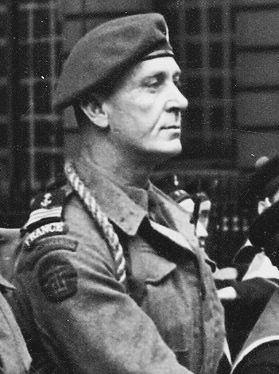
Still, by late morning, British forces had secured the beachhead and started pushing inland toward Caen—even if they didn’t quite reach that city on day one.
The No. 4 Commando unit, including French commandos under Philippe Kieffer, went after Ouistreham’s gun batteries and defenses. You’ll find memorials to these soldiers around town.
British 6th Airborne Division Operations
The British 6th Airborne Division played a big role in holding the eastern flank near Ouistreham. They landed by parachute and glider just after midnight on D-Day.
Their main mission? Secure the bridges over the Orne River and Caen Canal, especially the famous Pegasus Bridge. This blocked German reinforcements from reaching Sword Beach.
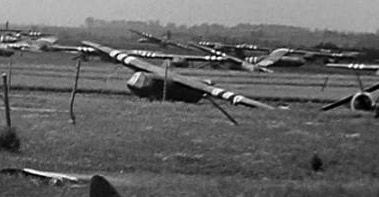
Major John Howard’s glider troops landed with jaw-dropping precision and captured the bridges intact. That move is still considered one of D-Day’s standout successes.
The division also knocked out the Merville Battery, which could’ve threatened the beaches. Despite heavy losses, their work made the beach landings possible.
French Resistance Contributions
The French Resistance was crucial before and during D-Day. Locals mapped out German gun positions and troop movements, passing that info to the Allies.
On D-Day, resistance fighters cut German communication lines around Ouistreham, creating chaos and slowing down enemy responses.
Many residents risked everything to shelter Allied soldiers who’d gotten separated. Resistance networks helped these troops rejoin their units as the Allies advanced.
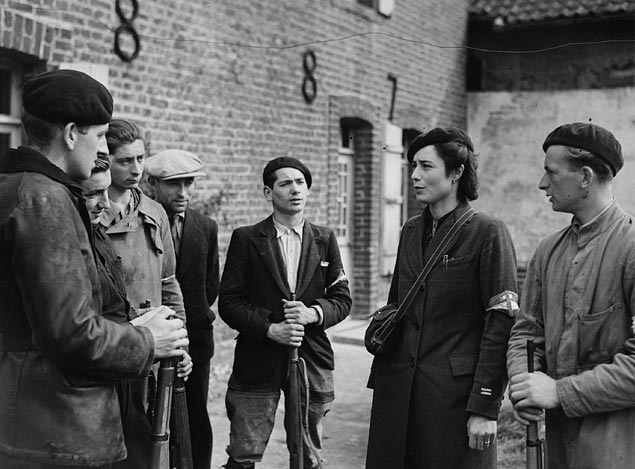
Women often worked as couriers and intelligence gatherers, moving through checkpoints with less suspicion and carrying vital news about German defenses.
Honestly, without these civilian fighters, the Sword Beach landings and Ouistreham’s liberation would’ve looked very different.
Key D-Day Sites and Memorials
Normandy’s coast is dotted with sites that bring Operation Overlord to life. If you want to really understand what happened on June 6, 1944, these places are essential stops.
Stay steps from Omaha Beach and historic landmarks. Best rates on local accommodations.
Pegasus Bridge
Pegasus Bridge was the scene of one of D-Day’s gutsiest operations. British airborne troops stormed this crossing over the Caen Canal in the early hours of June 6, 1944. Their job was to keep German reinforcements from reaching the beaches.
The original bridge sits on the grounds of the Pegasus Memorial Museum now. You can walk across the replacement bridge that stands in its place.
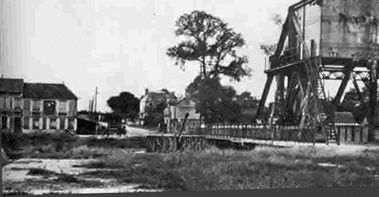
The museum houses the actual Horsa glider that brought troops here. Inside, you’ll find personal items, weapons, and photos that really put a human face on the events.
Be sure to check out Café Gondrée—the first house in France liberated on D-Day. The Gondrée family still runs it, and it’s part café, part mini-museum.
Normandy Landing Museum
The Normandy Landing Museum gives you a sweeping view of the Allied invasion. Near Juno Beach, it’s packed with vehicles, weapons, and personal items from both sides.
Exhibits walk you through the planning, execution, and aftermath of D-Day. There are detailed maps and interactive displays if you’re into military strategy.
Dioramas recreate big moments from the landings, helping you picture what it was really like for the soldiers.
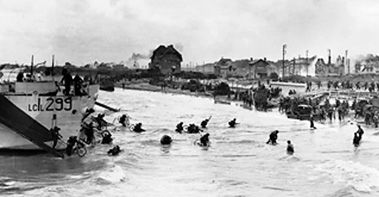
You’ll also hear veterans’ voices in recorded interviews and letters. These firsthand stories bring the history home in a way that’s hard to forget.
Atlantic Wall Museum
The Atlantic Wall Museum is set inside a real German bunker in Ouistreham. This place was part of Hitler’s massive 2,685-mile defensive line built to block the Allies.
Inside, you’ll see how German soldiers lived and fought—the original gear, communication devices, weapons, even the cramped living quarters. Climb up to the 52-foot observation post for the same view German defenders had back in 1944.
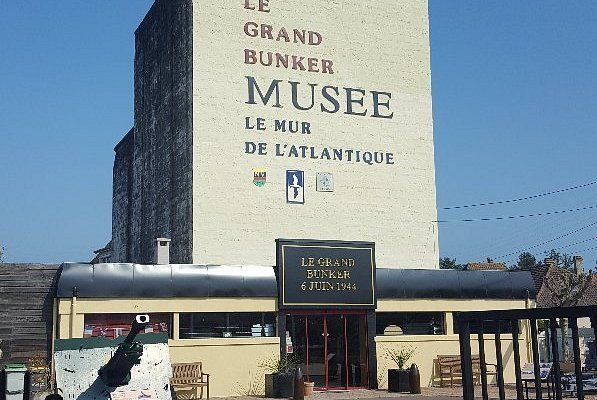
Interactive exhibits break down how the Atlantic Wall was built and why it mattered. Maps show just how extensive the defenses were along the Normandy coast.
The museum also explains how the Allies planned to crack these defenses. You’ll learn about things like amphibious tanks and bombing tactics designed to punch through the wall. It’s a fascinating look at both sides of the fight.
Nearby D-Day Beaches and Battlefields
The D-Day invasion covered five beaches along Normandy’s coast, each with its own story and strategic role. If you’re starting out from Ouistreham, you’re in a good spot—most of these sites are just a short drive away.
Gold Beach and Juno Beach
Gold Beach sits about 18 km west of Ouistreham and was the British landing zone during Operation Overlord. The British 50th Infantry Division landed here, running into moderate resistance. These days, you can wander around Arromanches and spot the remains of the Mulberry Harbor still scattered in the surf.
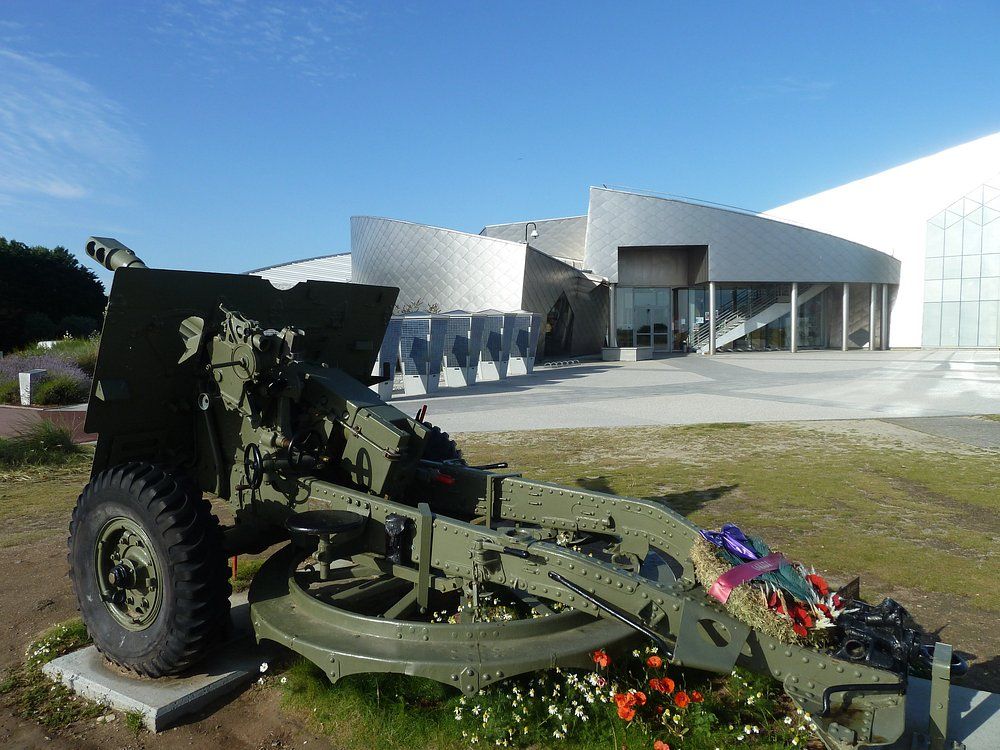
Juno Beach is even closer—just 8 km away. Canadian troops landed here and met tough opposition. The Juno Beach Centre in Courseulles-sur-Mer does a great job telling Canada’s D-Day story.
Both beaches have plenty of memorials and panels to check out. It’s a strange feeling, walking the same sand where thousands of Allied soldiers landed on June 6, 1944.
Omaha Beach and Utah Beach
Omaha Beach, about 40 km west of Ouistreham, saw the worst casualties of the landings. The American 29th Infantry Division and 5th Ranger Battalion were hit hard here. The American Cemetery above the beach is the resting place for 9,388 U.S. soldiers.
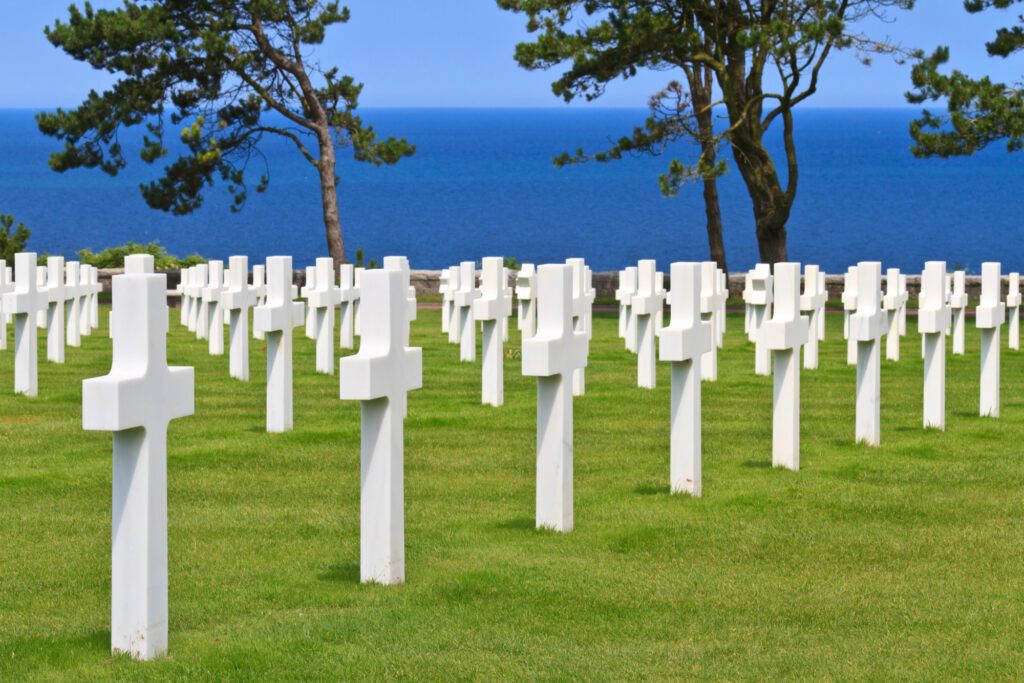
Utah Beach, the farthest west at 60 km from Ouistreham, saw fewer casualties. The Utah Beach Museum even has an original B-26 bomber and lots of detailed exhibits.
Both places leave a strong impression. Omaha’s bluffs show just how tough the fighting was—German defenders had a clear advantage. Utah, on the other hand, highlights how good planning and naval support paid off.
Falaise Pocket
The battle of the Falaise Pocket, about 50 km south of Ouistreham, was a turning point in August 1944. Here, Allied troops trapped retreating German forces, closing off their escape.
The Memorial of Montormel gives a solid overview of this crucial fight. From the terrace, you can look out over the valley where the Germans tried to break free.
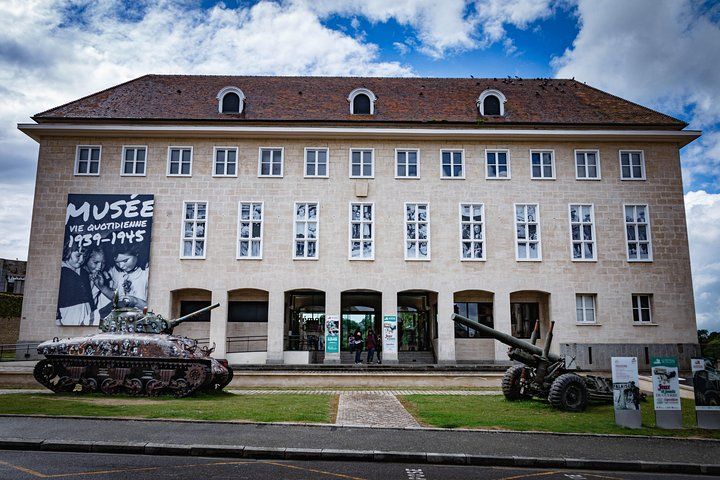
The villages around Falaise still carry scars from the fighting—some buildings are visibly marked. They called it the Corridor of Death for a reason: destroyed vehicles and thousands of casualties littered the area when the pocket finally closed.
Military Units and Heroes
Many military units played key roles near Ouistreham during D-Day, and some individuals showed almost unbelievable bravery. Operation Overlord’s success came down to both massive coordination and moments of personal courage.
Paratroopers and Airborne Troops
The 82nd and 101st Airborne Divisions parachuted into Normandy before dawn on June 6, 1944. These men jumped behind enemy lines to seize vital points and throw the Germans off balance.
Conditions were brutal—bad weather and anti-aircraft fire scattered many paratroopers far from their targets. Even so, they improvised, regrouped, and pushed on with their missions.
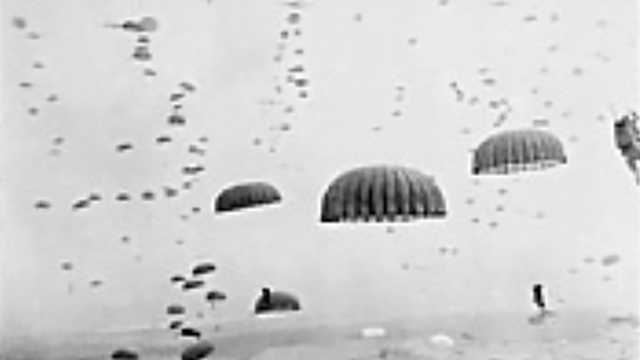
Airborne units around Ouistreham helped grab causeways from Utah Beach and captured important bridges. The 101st Airborne, the “Screaming Eagles,” secured exits from the beaches. The 82nd Airborne took crossings over the Merderet River.
These units paved the way for modern special forces. US Navy SEALs, for example, trace some of their tactics back to these early reconnaissance teams.
Medal of Honor Recipients
Several soldiers received America’s highest military honor for their actions during the Normandy landings. Brigadier General Theodore Roosevelt Jr. stands out—he landed in the first wave at Utah Beach despite arthritis and a heart condition.
When troops arrived off-target, Roosevelt personally scouted the area and famously said, “We’ll start the war from here!” His quick thinking saved lives by preventing chaos and delay.
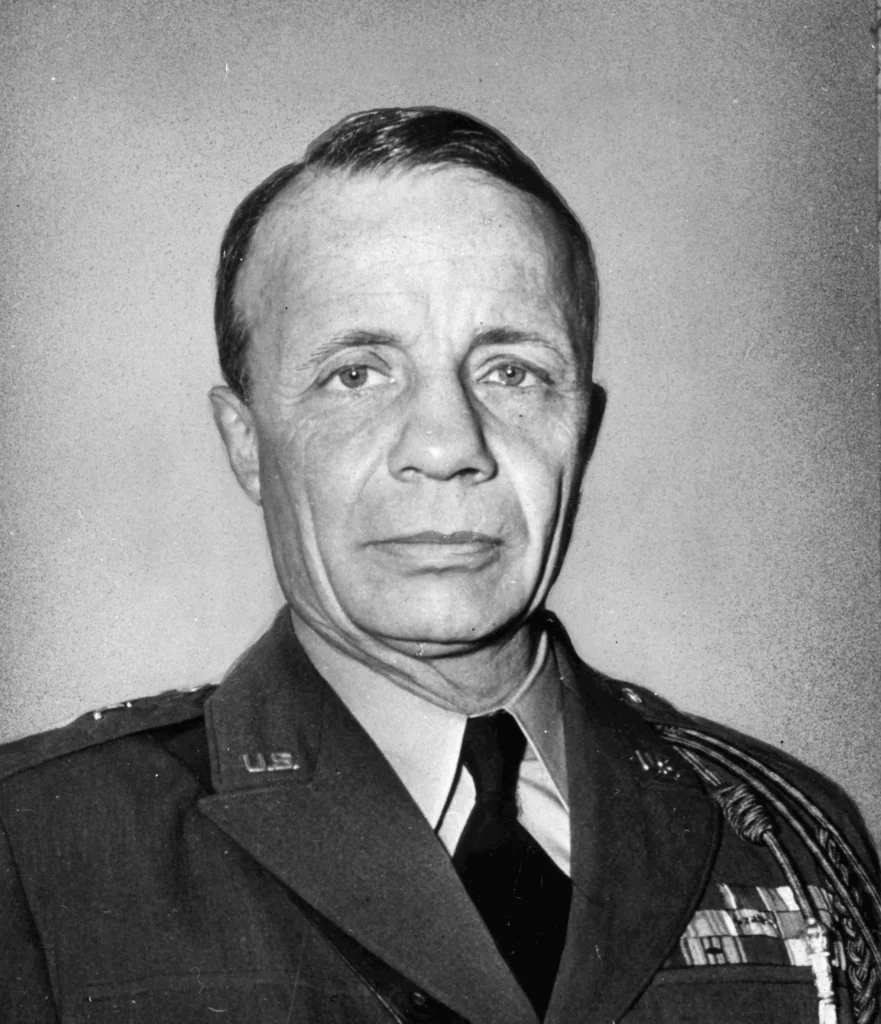
At Omaha Beach, where the fighting was harshest, Technical Sergeant Frank D. Peregory took out an enemy strongpoint on his own and captured 35 Germans.
Lieutenant Jimmie W. Monteith Jr. kept exposing himself to enemy fire while directing tanks and rallying troops. He died in the fighting, but his actions were vital to holding the beachhead.
You’ll find memorials to these heroes at various spots along the Normandy coast when visiting Ouistreham and nearby areas.
Cemeteries and Remembrance Sites
Normandy’s coast is dotted with memorials for those who died during the D-Day invasion. These sacred grounds invite reflection and offer a chance to understand the real human cost of World War II.
Find the perfect base for exploring Utah Beach, Pointe du Hoc, and beyond.
American Cemetery
The Normandy American Cemetery sits on a bluff overlooking Omaha Beach in Colleville-sur-Mer, about 45 minutes from Ouistreham. The 172.5-acre site holds 9,389 American graves, most marked with white marble crosses in neat rows.
There’s a memorial with maps and info about D-Day operations. The view from here is something else—you can see the very beach where many of these soldiers fought and fell.
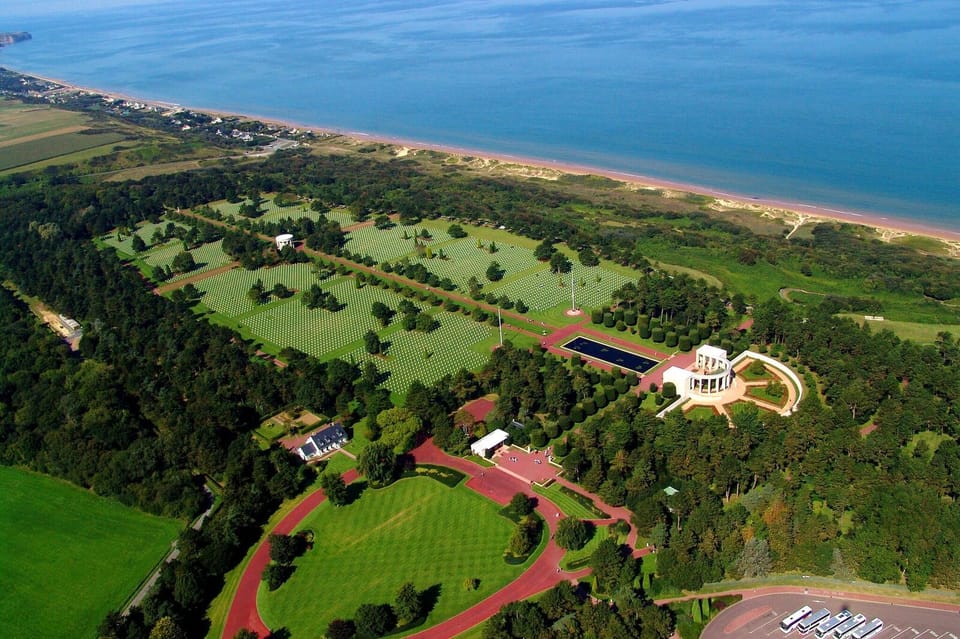
The visitor center shares personal stories and artifacts. It’s open daily from 9am to 5pm (6pm in summer), and it won’t cost you a thing to enter.
German Cemetery
The German Cemetery at La Cambe feels quite different from the American one. It’s inland from the beaches, quieter, shaded by oak trees, and holds over 21,000 German graves—marked by flat, dark stones.
It’s more enclosed and somber. A central mound with a basalt cross marks a mass grave for 296 unknown soldiers.
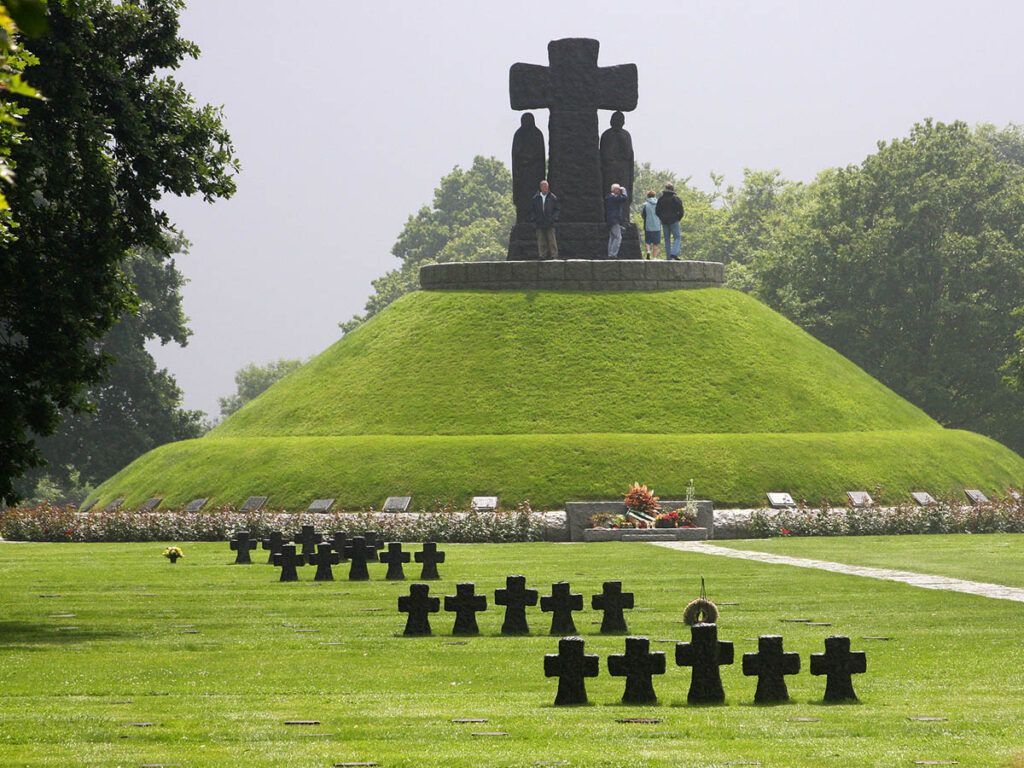
The mood here is unmistakably different—less about victory, more about shared loss. There’s a Peace Garden and a visitor center with stories about the German soldiers, many of them heartbreakingly young.
The cemetery is open daily, and stopping by offers a sobering look at the war’s toll on everyone involved.
Present Day Ouistreham for Visitors
Ouistreham gives visitors a mix of history and modern comforts. The town acts as a gateway for those exploring Normandy’s D-Day sites, while also offering plenty of ways to learn about World War II.
Guided Tours and Educational Experiences
Several local companies run D-Day beach tours from Ouistreham. You can pick from short half-day trips or longer, more in-depth day tours. Most leave from central spots and take you to key places along the 70km stretch of historic coastline.
The Ouistreham Tourist Office hands out maps and info if you’d rather explore on your own. Audio guides are available in a bunch of languages.

For something more detailed, check out the No. 4 Commando Museum. It focuses on the British role in liberating Ouistreham, with real artifacts, photos, and soldiers’ stories.
Local guides also offer walking tours of Sword Beach and the old fortifications. These usually last an hour or two and dig into the specific challenges faced during this section of the landings.
Recommended D-Day Tours:
- American D-Day Sites in Normandy Full-Day Tour
- American D-Day Sites in Normandy Half-Day Tour
- Half-Day Normandy WWII Sidecar Tour
- Full-Day US Battlefields of Normandy Tour
Annual D-Day Commemorative Events
Every year, Ouistreham hosts commemorative events for D-Day. The big one is on June 6th, the anniversary of the landings. Veterans, dignitaries, and visitors from all over show up for this.
The commemorations usually feature:
- Military parades with vintage vehicles
- Wreath-laying at the memorials
- Battle reenactments
- Special museum displays
- Cultural shows and talks
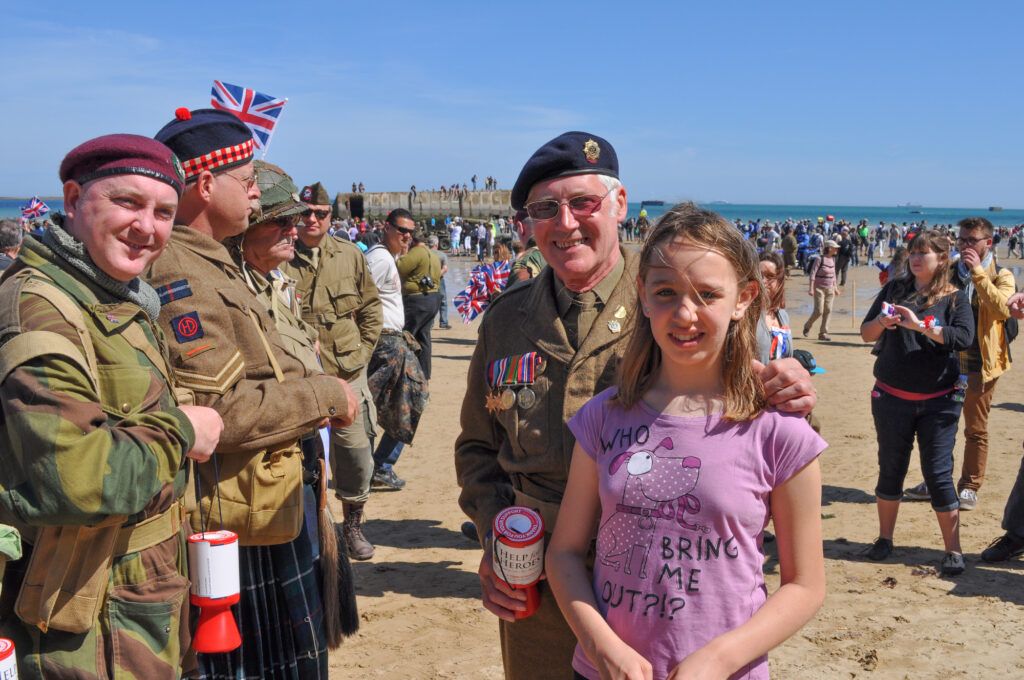
If you want the full experience, aim to visit during the first week of June. Just a heads up—hotels fill up fast, so book months ahead.
Restaurants and shops join in too, with themed menus and displays. The whole town really gets into it as Ouistreham remembers its role in World War II.
See available accommodations in Ouistreham.
Travel Tips and Local Amenities
If you’re planning a trip to Ouistreham, it helps to know a bit about getting there, where to eat and stay, and what else you might want to see.
Find comfortable stays within moments of historic battlegrounds
Getting to Ouistreham
Getting to Ouistreham is pretty straightforward. The easiest way from the UK is by Brittany Ferries from Portsmouth—it takes about 6 hours.
If you’re already in France, Ouistreham is just 15 km north of Caen. You can drive up the D514 coastal road or the N13 highway. Buses run regularly from Caen’s city center to Ouistreham (Line 61), and the ride takes about half an hour.
For international arrivals, the closest airports are:
- Caen-Carpiquet Airport (25 km)
- Deauville Airport (45 km)
- Paris Charles de Gaulle (250 km)
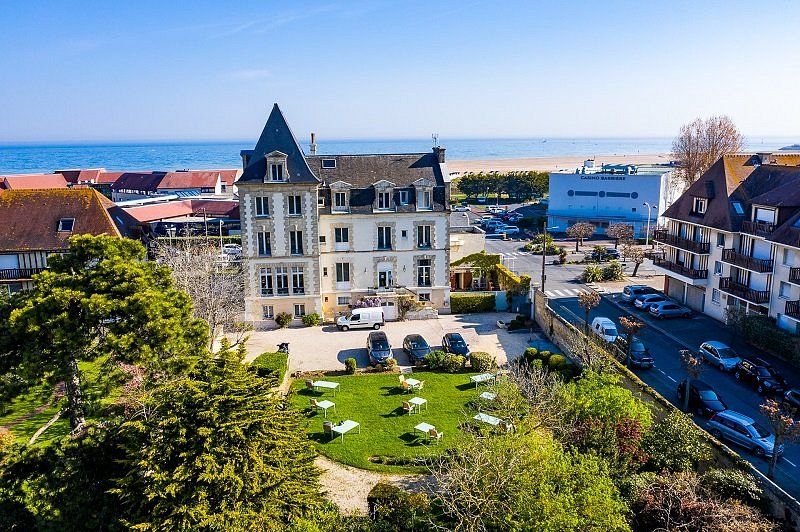
Honestly, renting a car is your best bet for exploring the D-Day sites at your own pace.
See available accommodations in Ouistreham.
Restaurants and Accommodation
Ouistreham has some great places to eat, especially if you like seafood and Norman classics. La Mare Ô Poissons and Le Quai des Iles are top seafood spots near the harbor, while Le P’tit Bistrot is a solid choice for traditional fare at a fair price.
If you’re in a hurry, grab a crepe by the beach or pop into a bakery for local pastries.
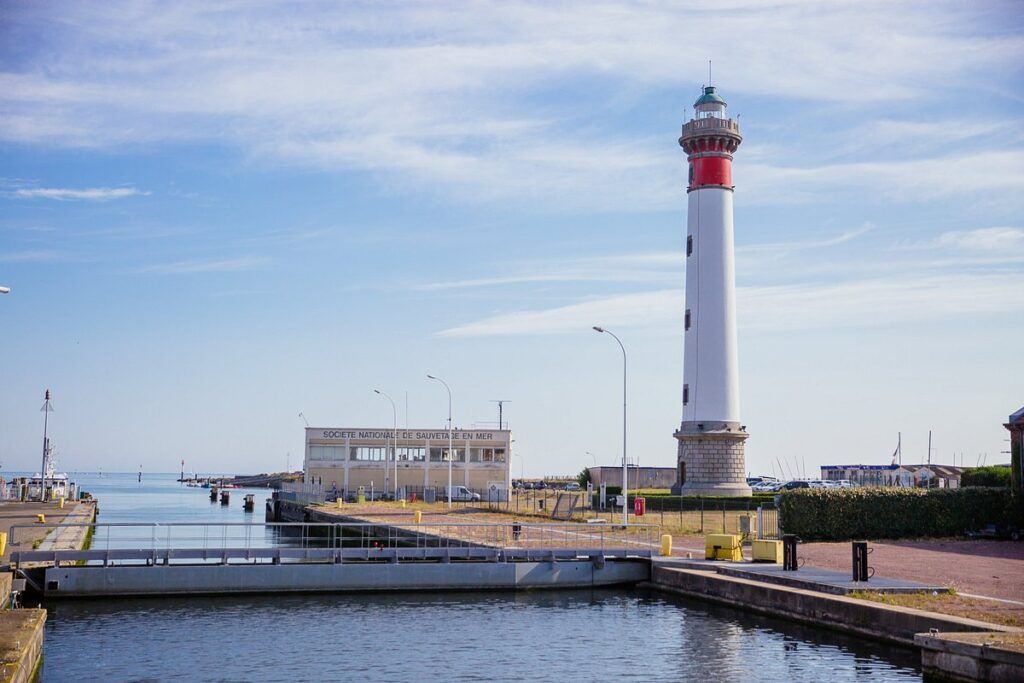
For staying over, you’ve got options:
- Hotels: Hotel de la Marine and Hôtel Riva Bella both have comfy rooms with sea views.
- B&Bs: Try La Maison de Seaside for a cozy bed and breakfast experience.
- Vacation rentals: Plenty of apartments and houses are available, which is great if you’re traveling with family.
If you’re coming in summer or for the D-Day anniversary, book your place early—rooms go fast during those times.
See available accommodations in Ouistreham.
Other Attractions in the Region
Ouistreham isn’t just about D-Day history. If you need a break, the Thalasso Spa offers seawater treatments—honestly, it’s hard to beat a good massage after wandering museums all day.
Maybe you’re feeling lucky? The Casino Riva-Bella mixes gaming tables and slot machines in a swanky, old-world atmosphere. If you’d rather breathe fresh air, the long sandy beach stretches out for peaceful walks, while the Orne Estuary Nature Reserve draws hikers and birdwatchers—sometimes you’ll spot something rare if you’re patient.
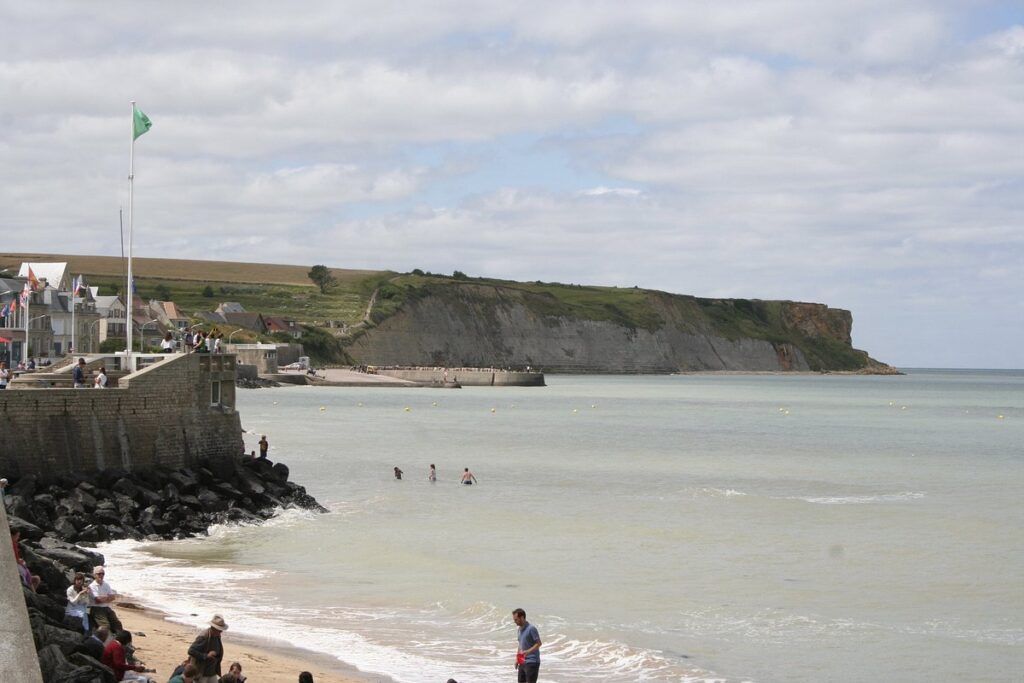
Up for a day trip? You’ve got options:
- Bayeux (about 40 minutes by car) for that legendary medieval tapestry—definitely worth a look
- Honfleur (45 minutes), where the harbor looks straight out of a painting
- Mont Saint-Michel (2 hours), which, let’s be honest, is iconic for a reason
If you’re into food and drink, the cider route in the Pays d’Auge is a real treat. You can taste local apple goodies, including calvados—the region’s famous apple brandy. Not a bad way to spend an afternoon, right?
See available accommodations in Ouistreham.
From beachfront hotels to authentic French countryside stays. No booking fees.

